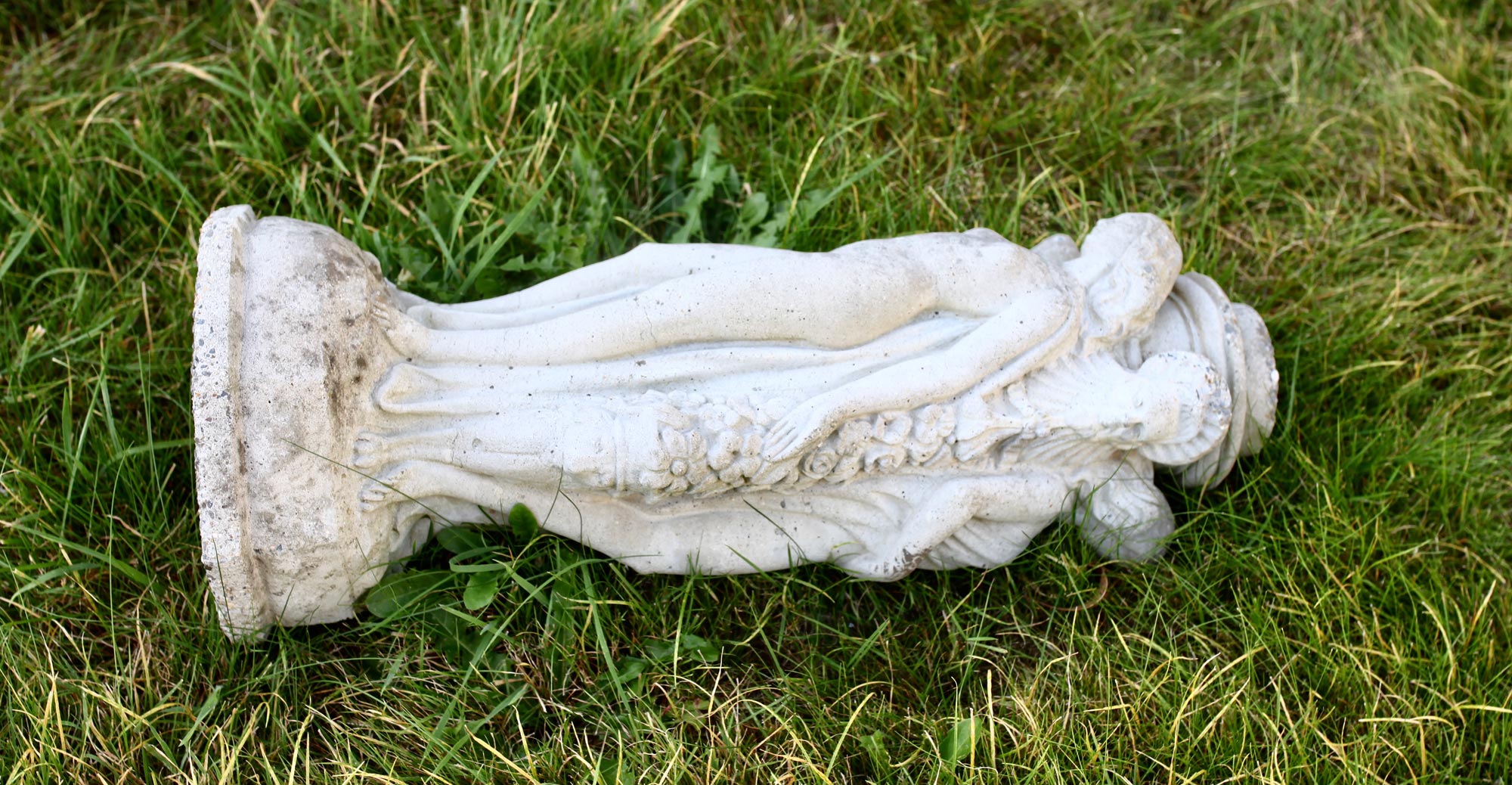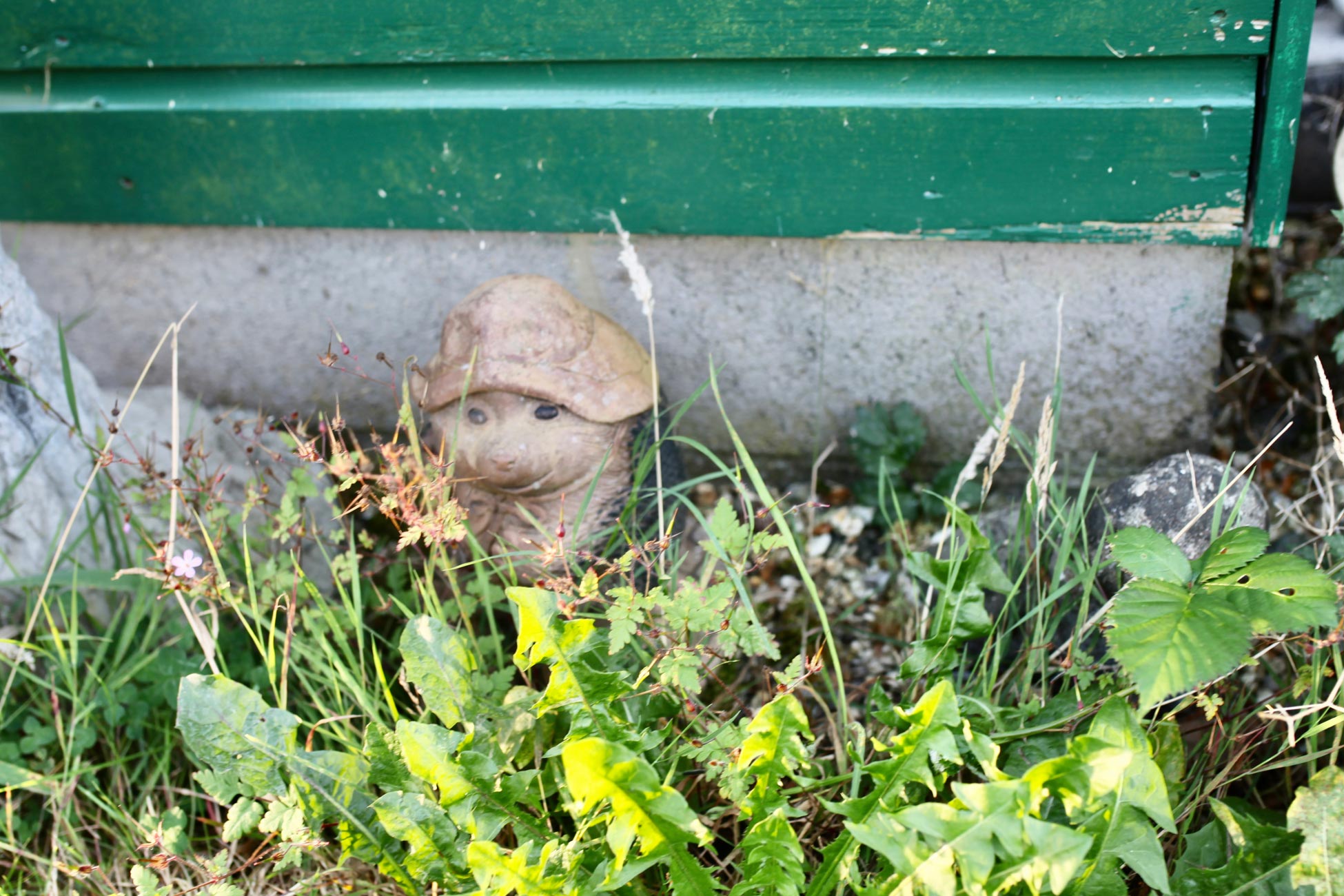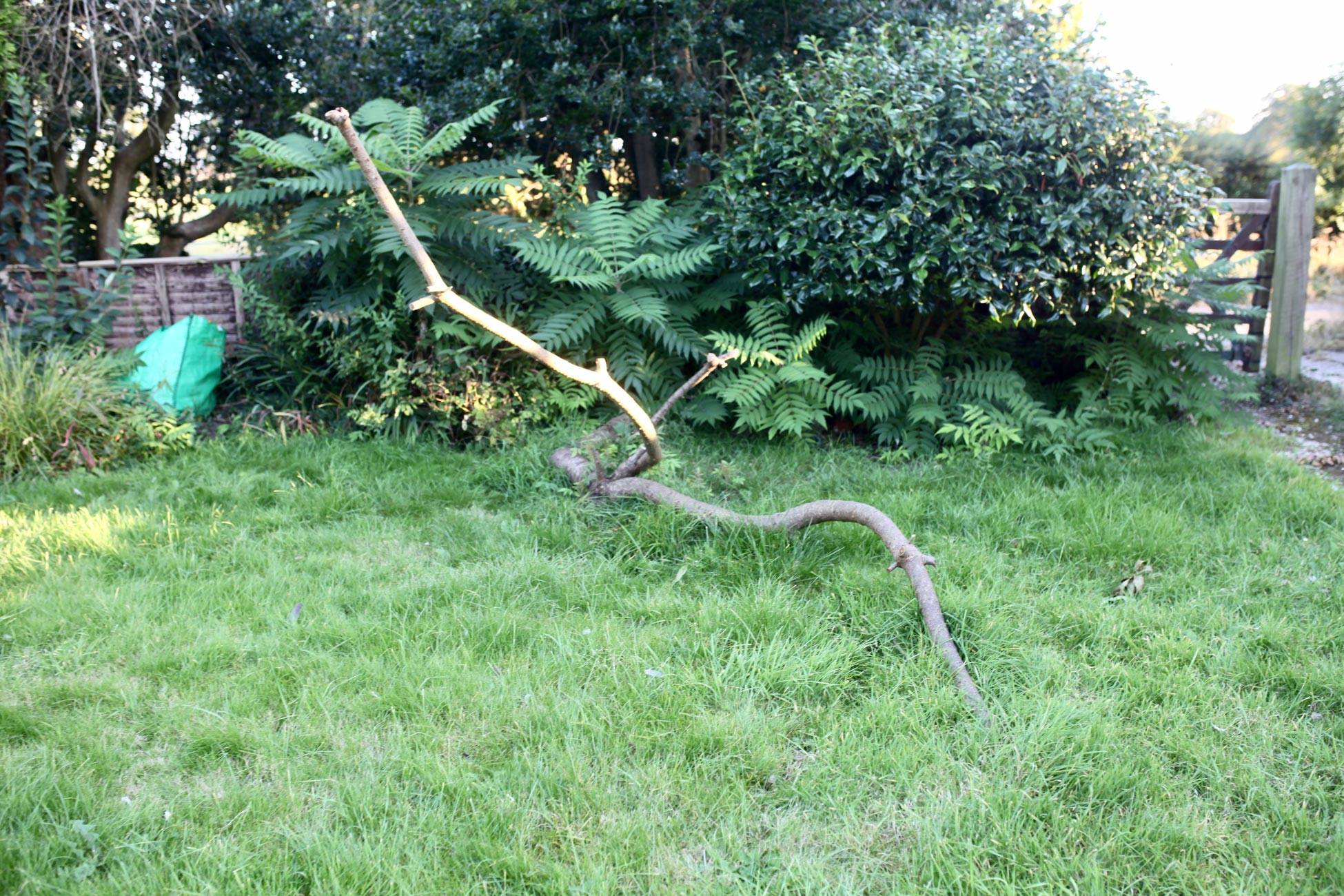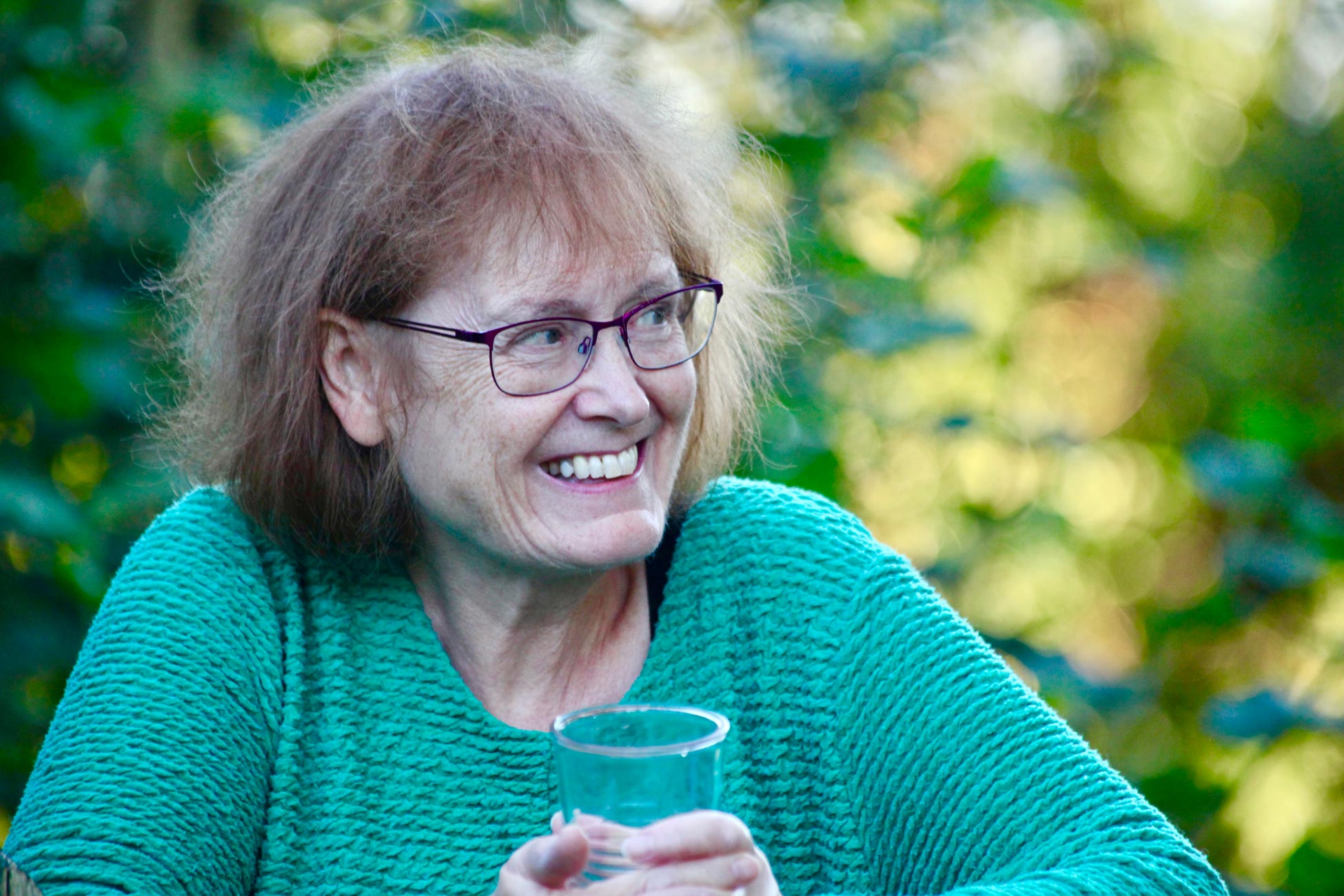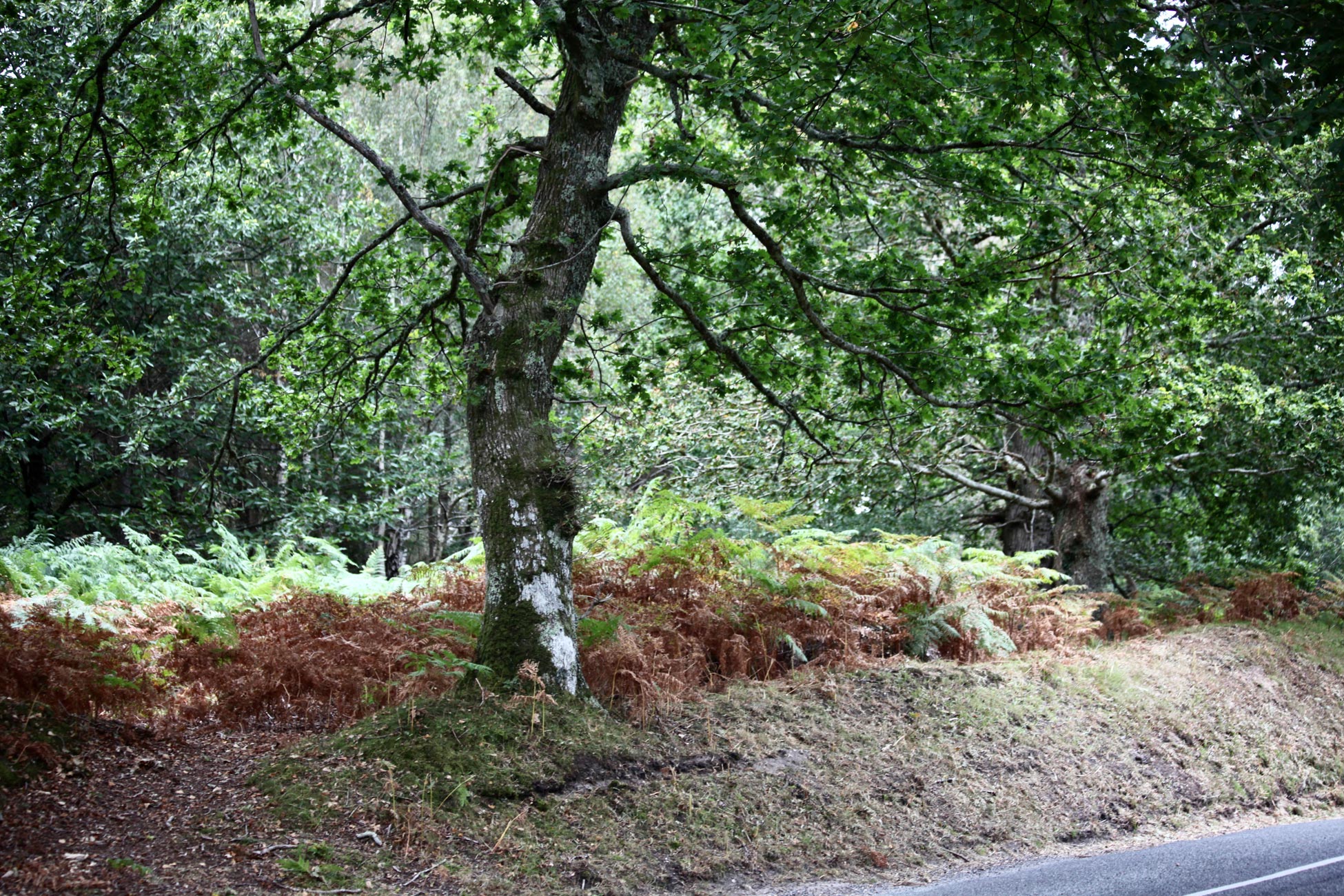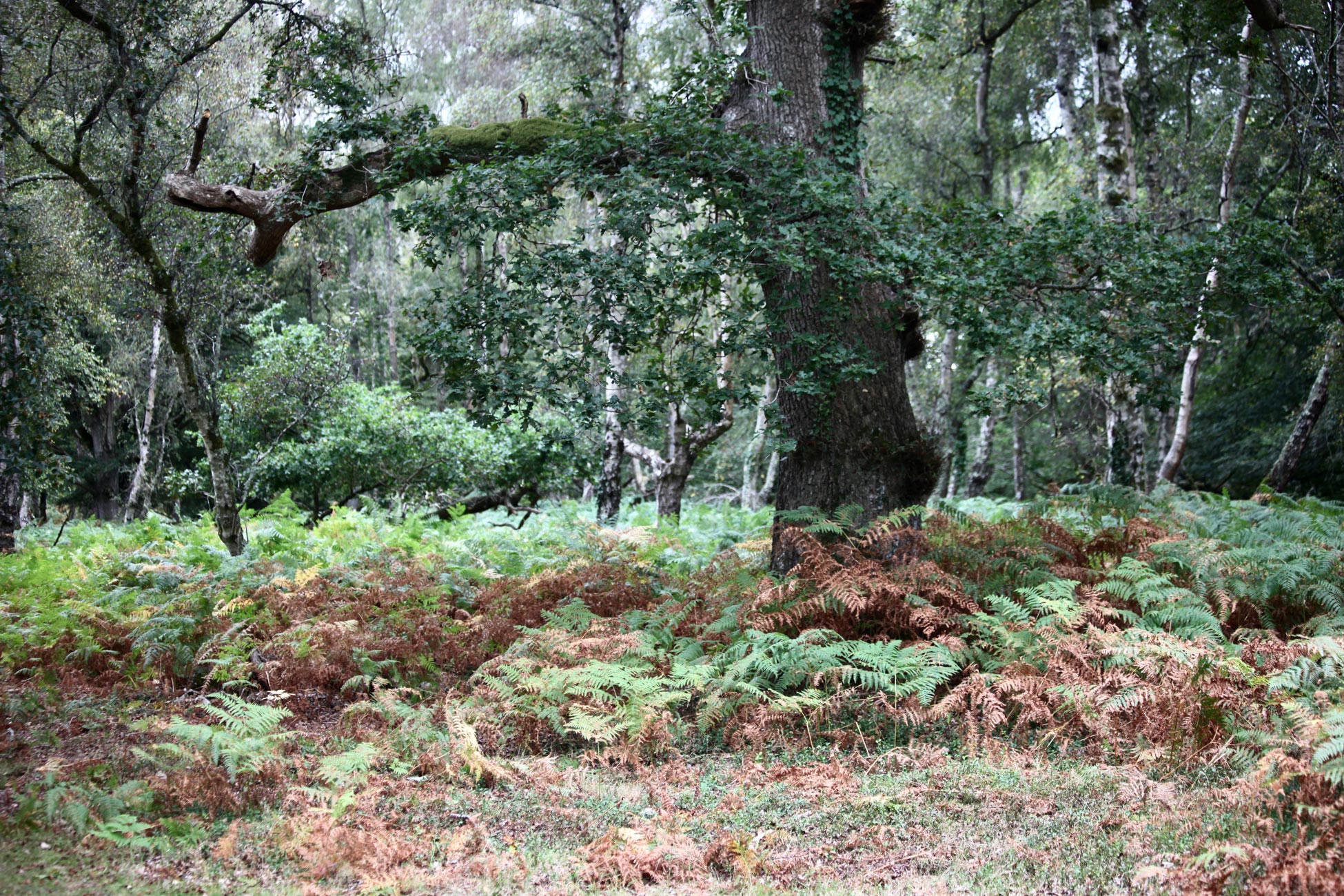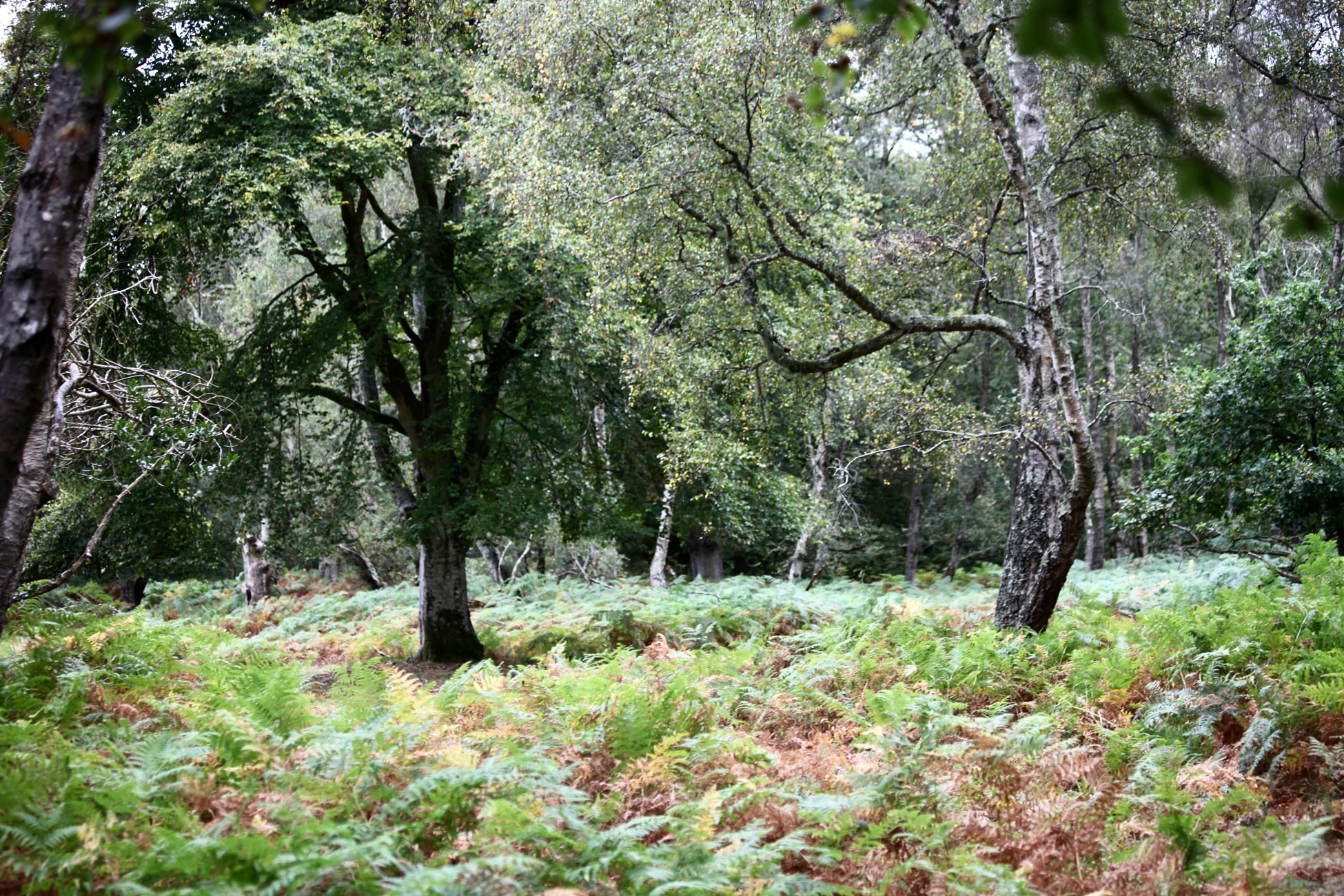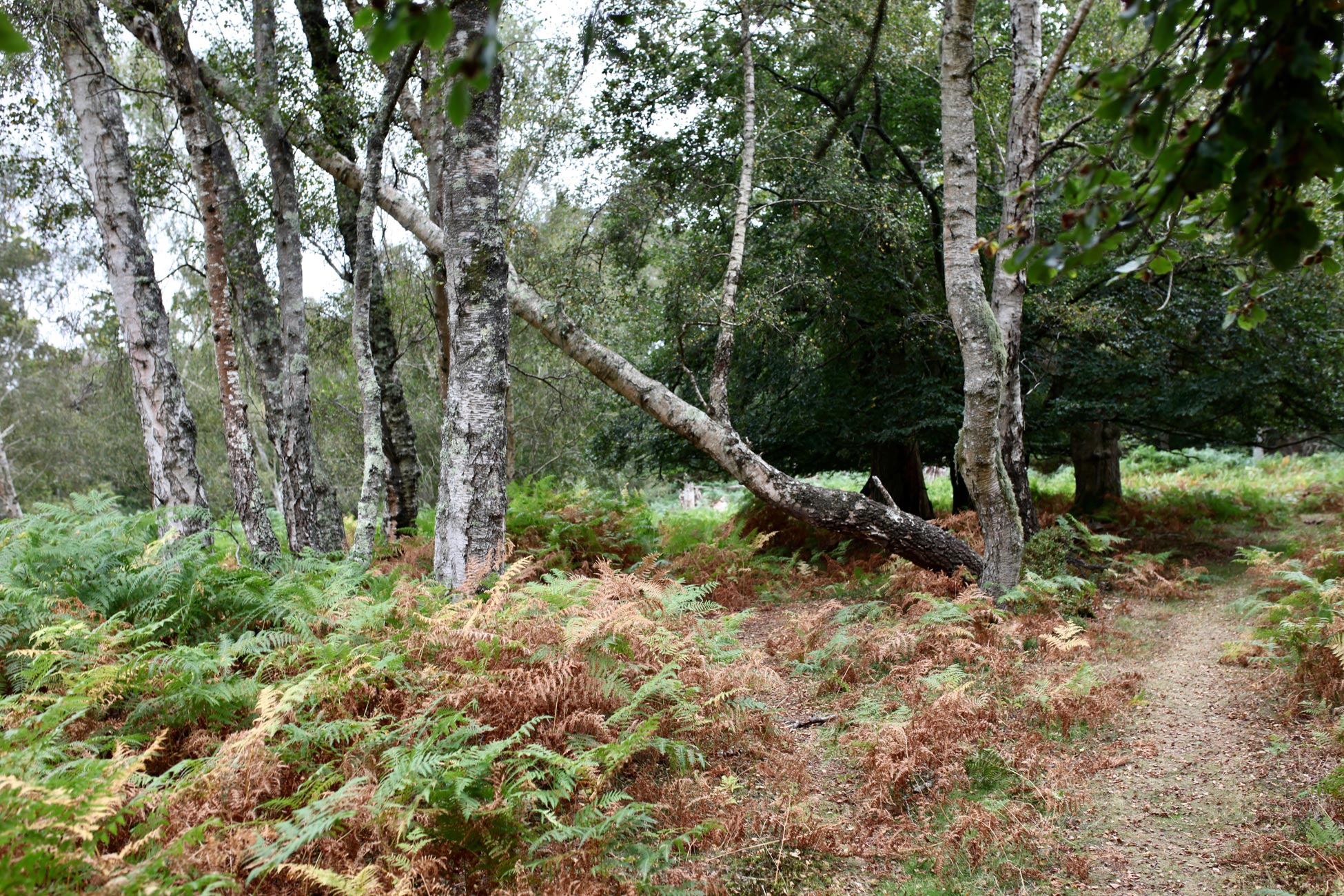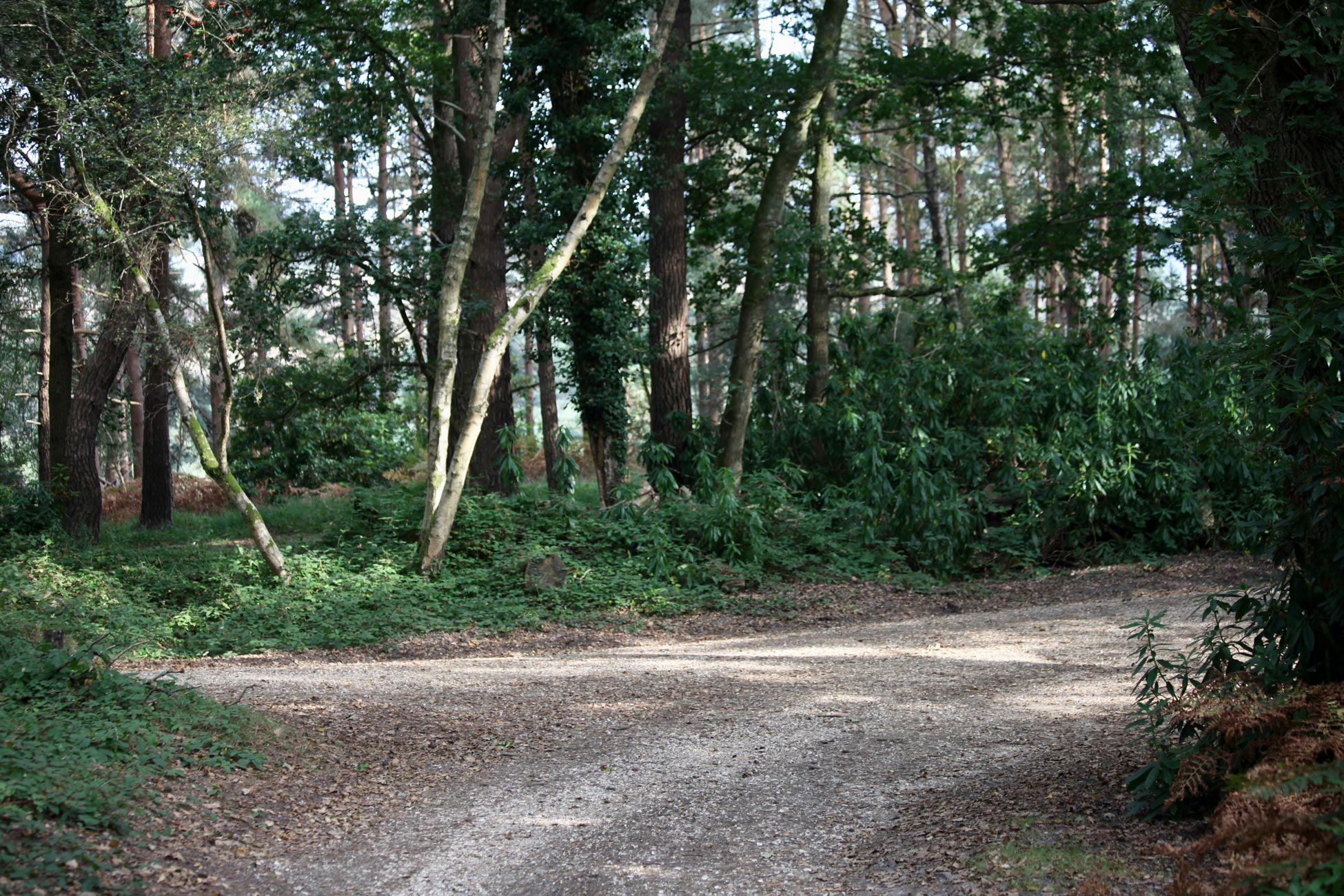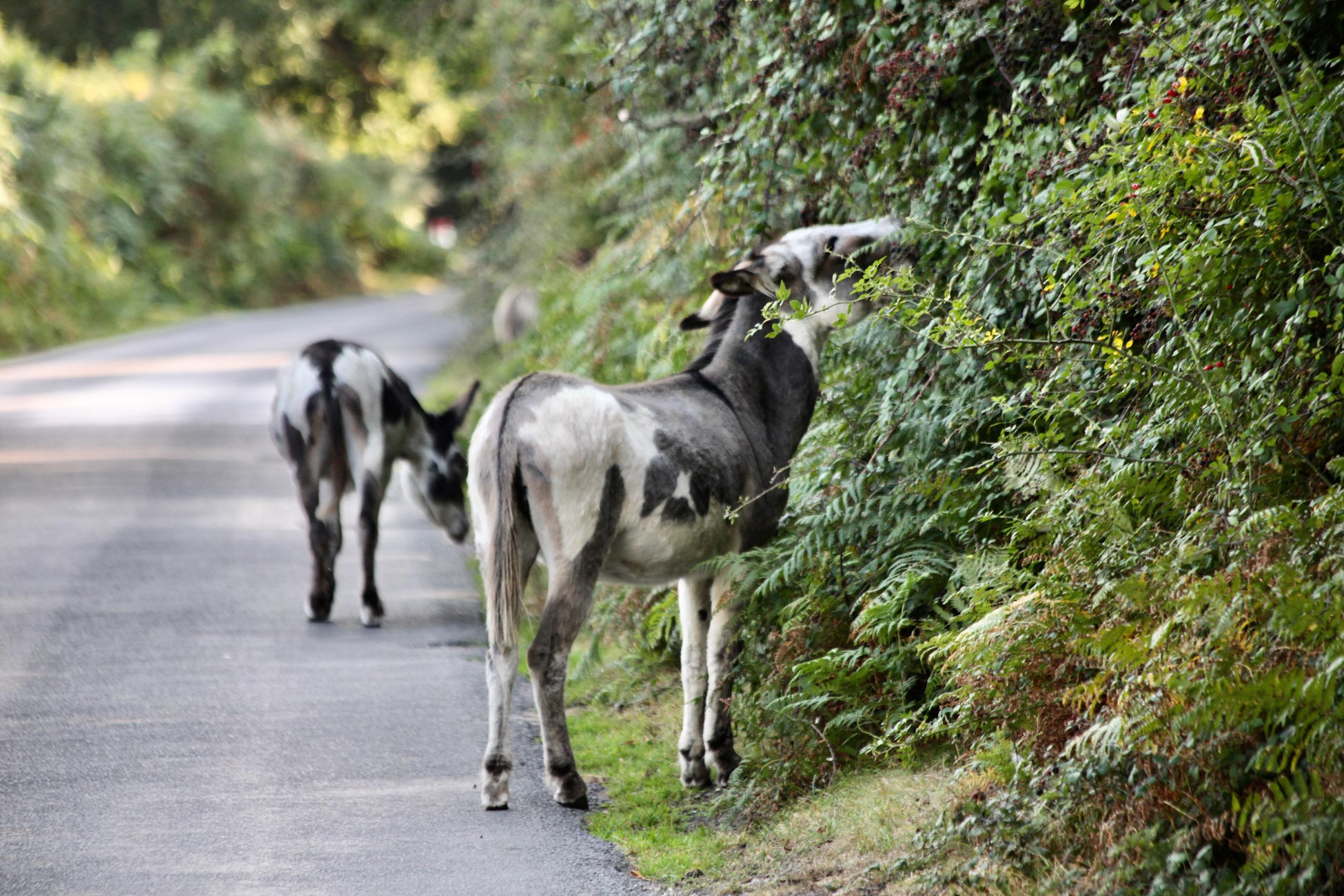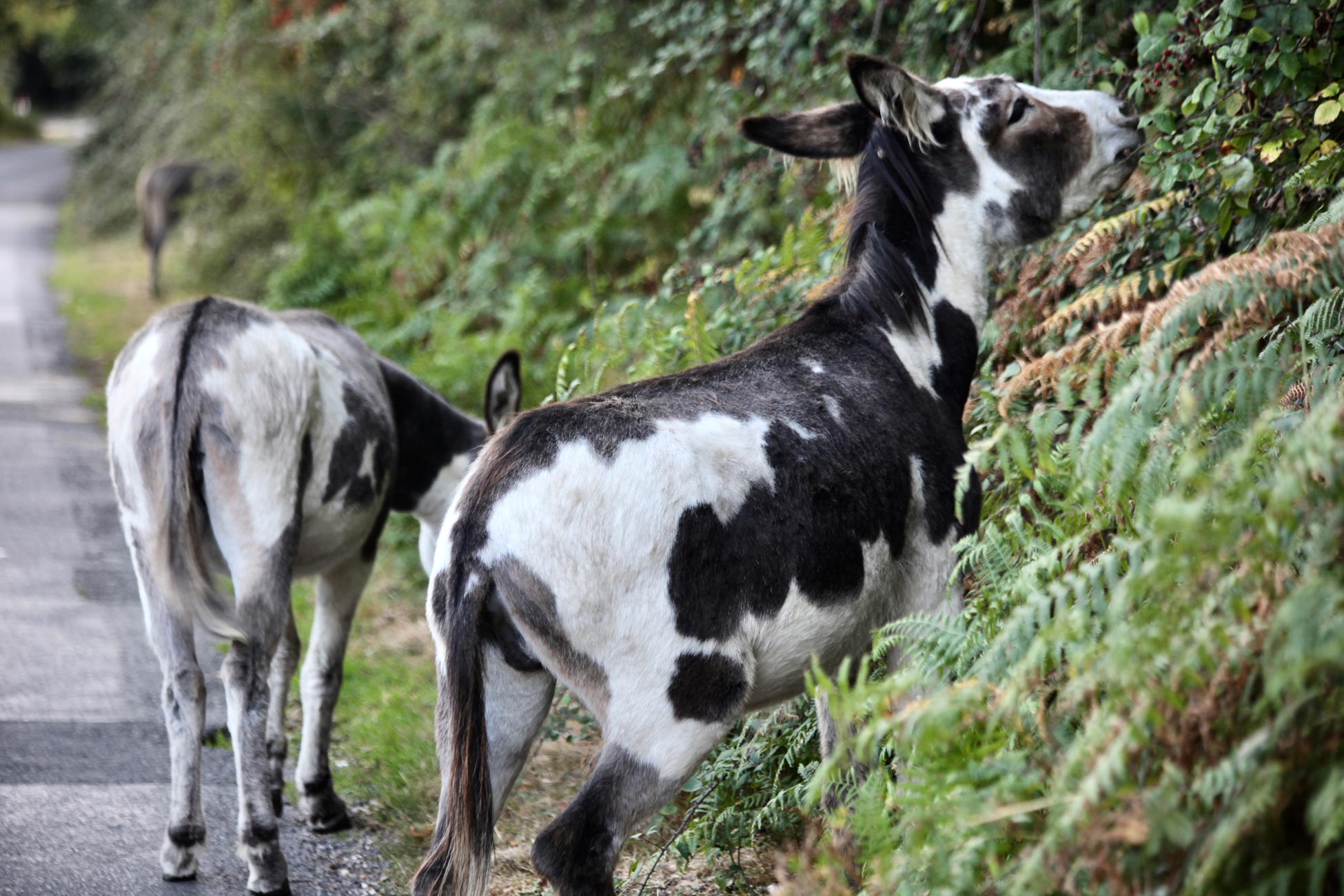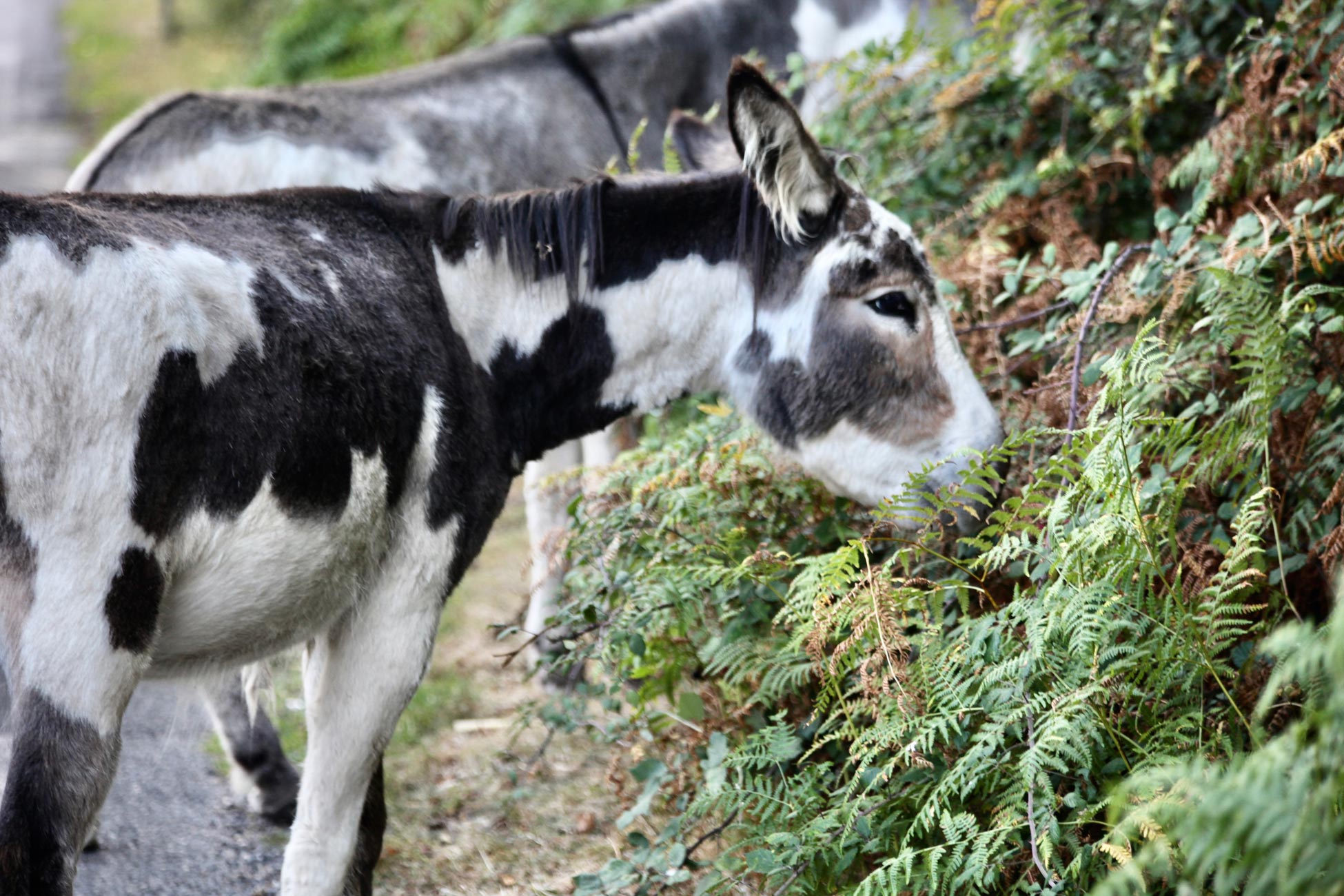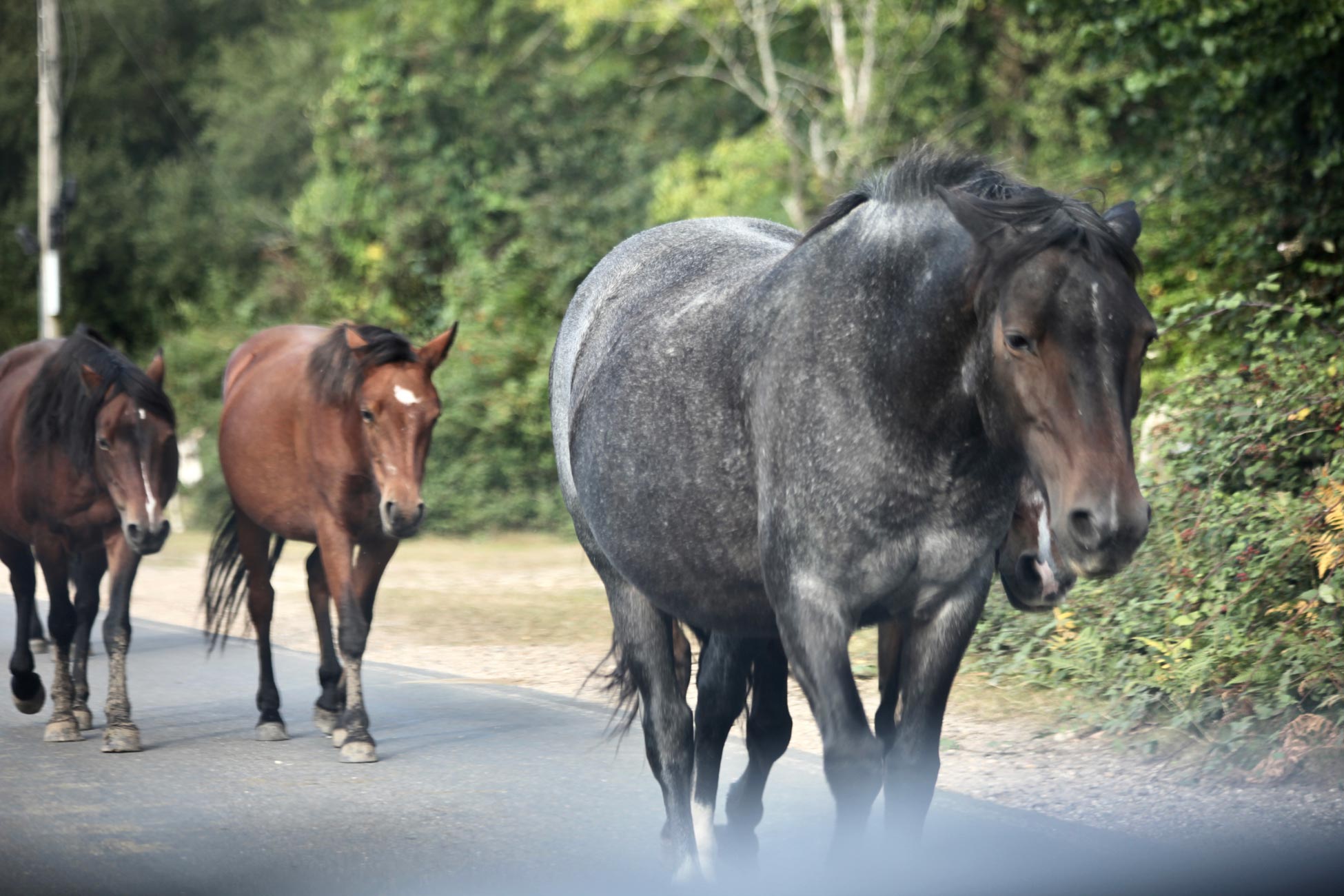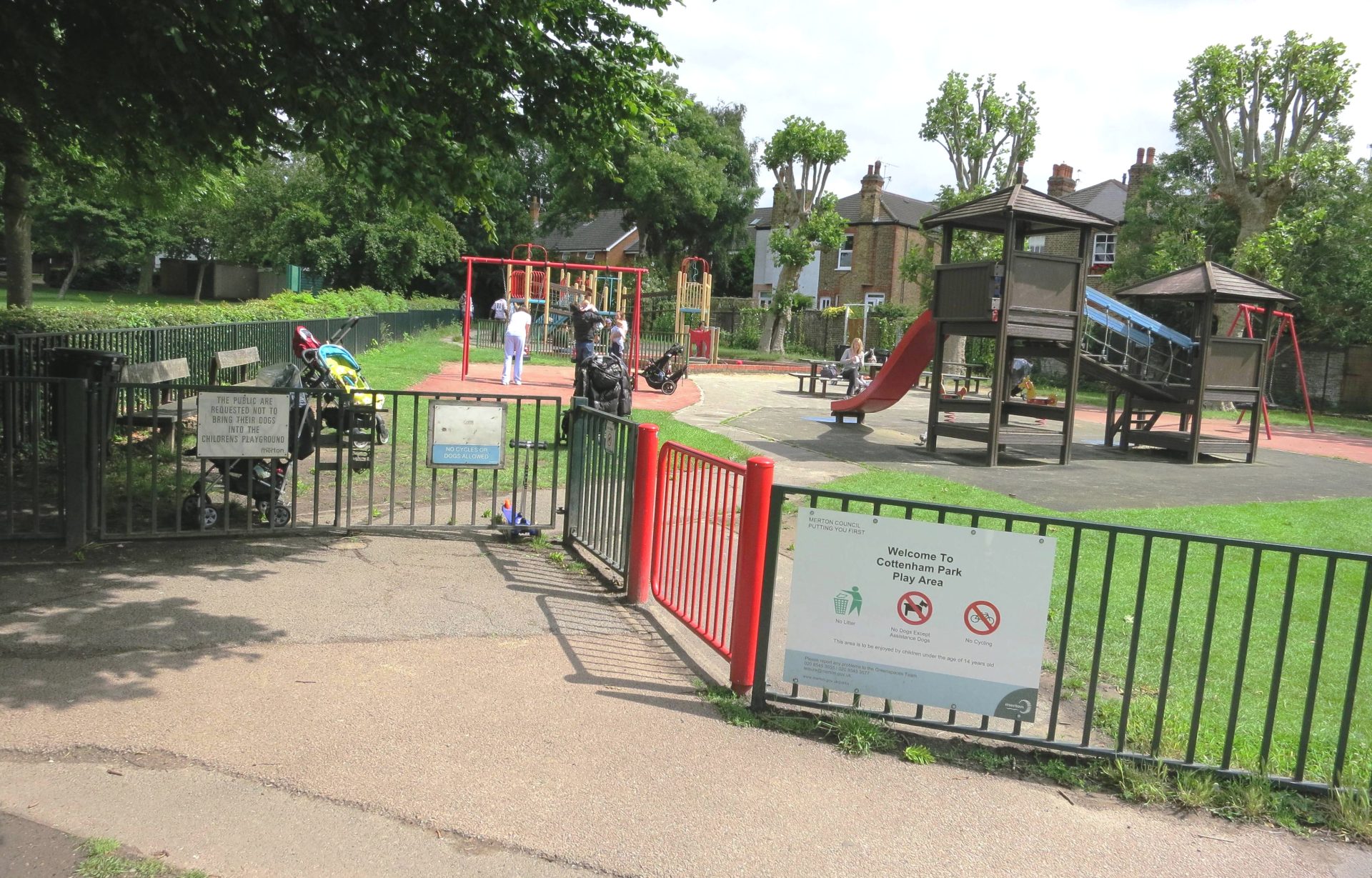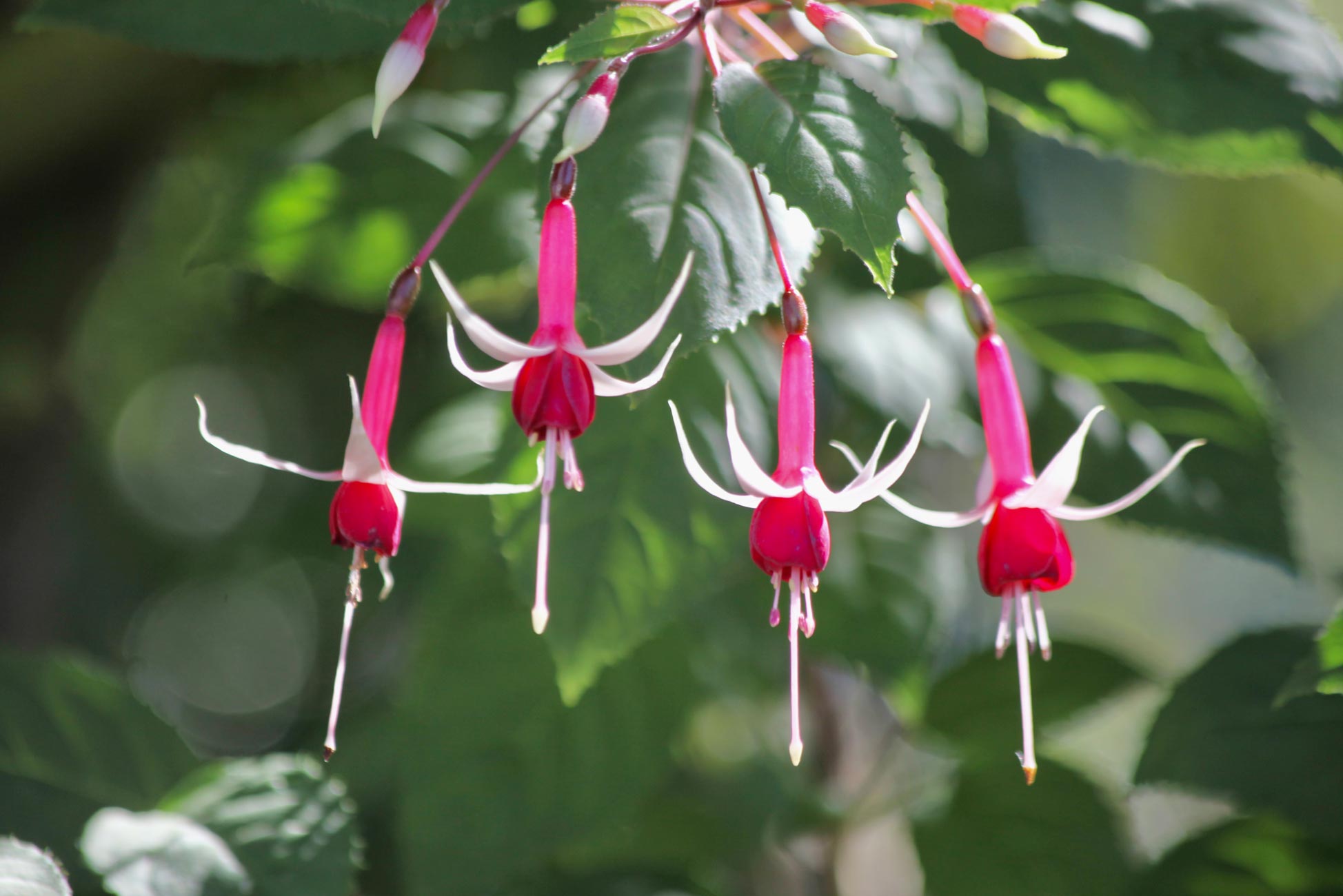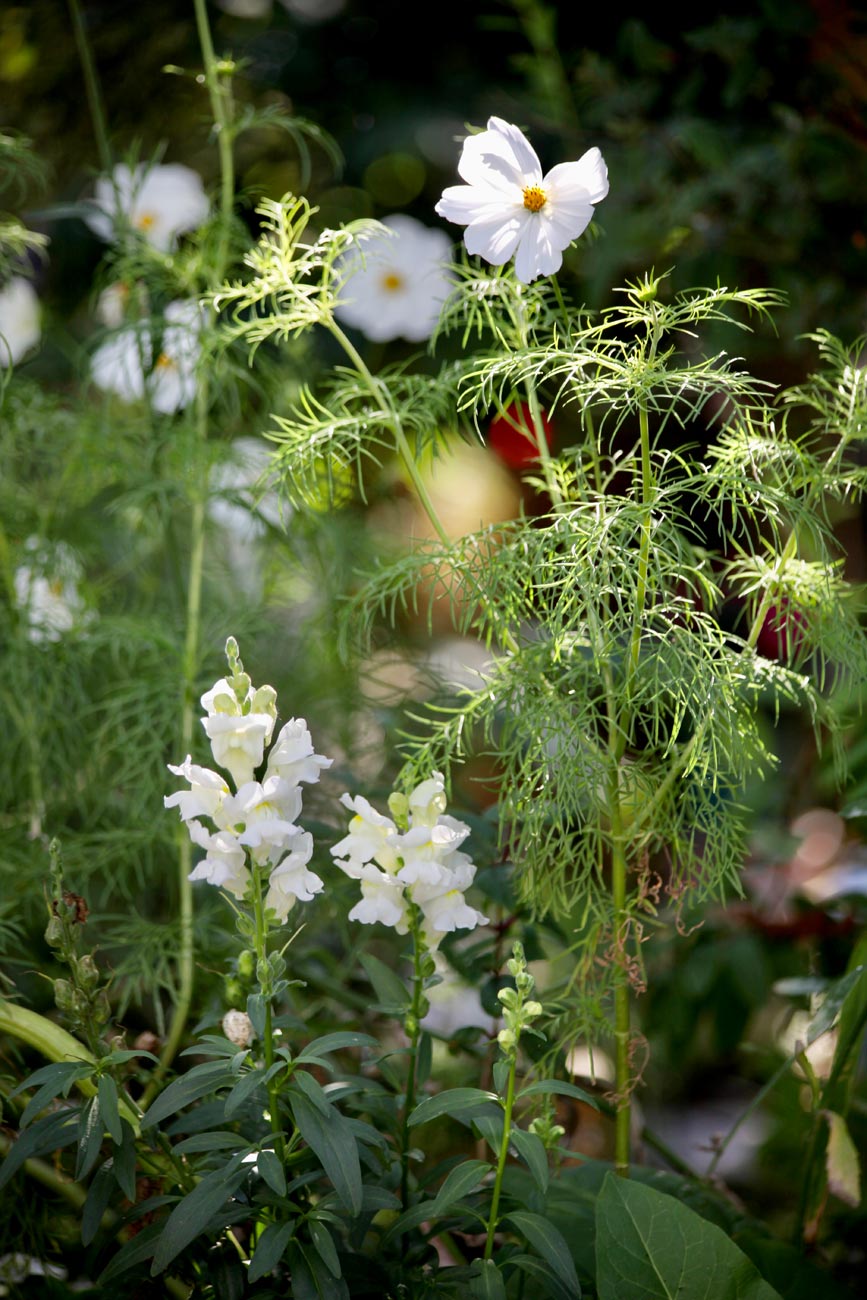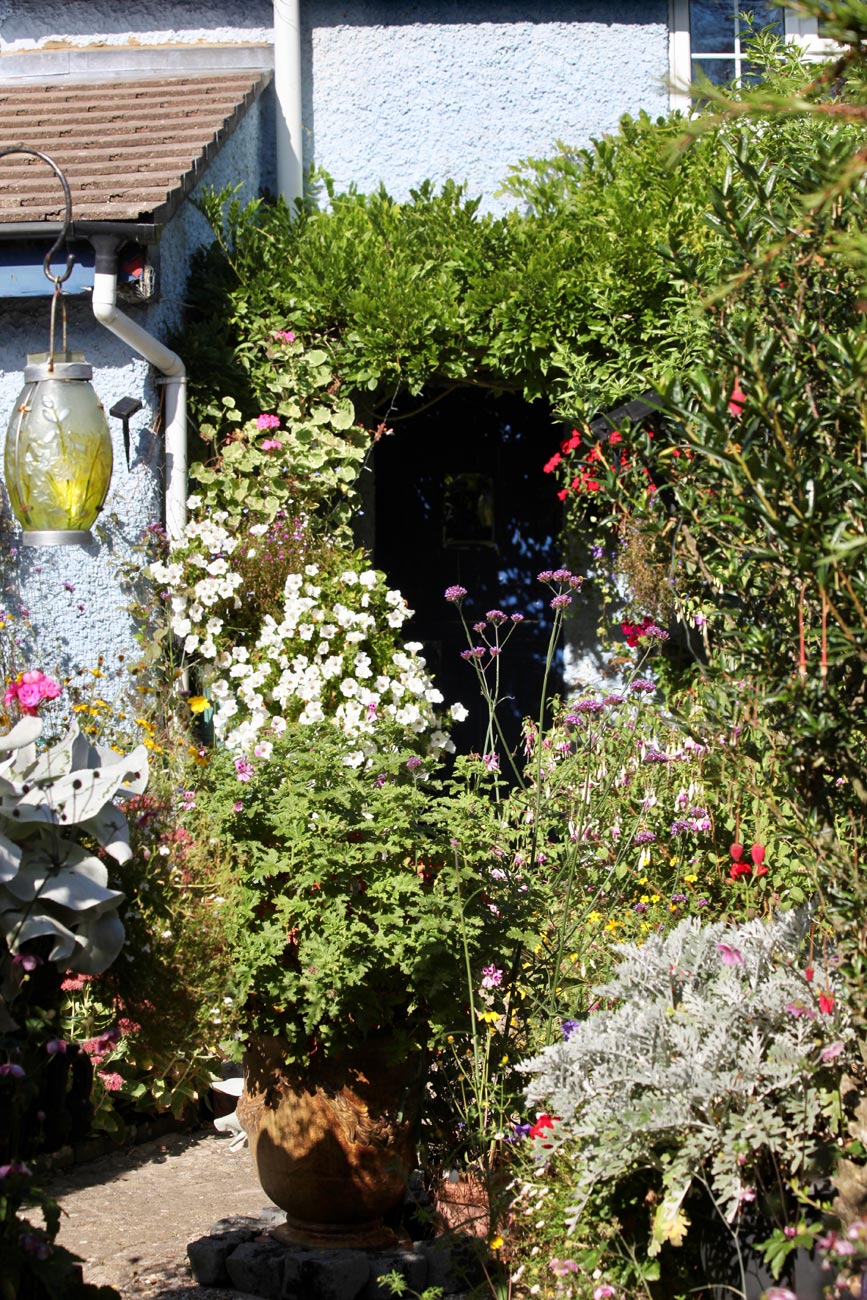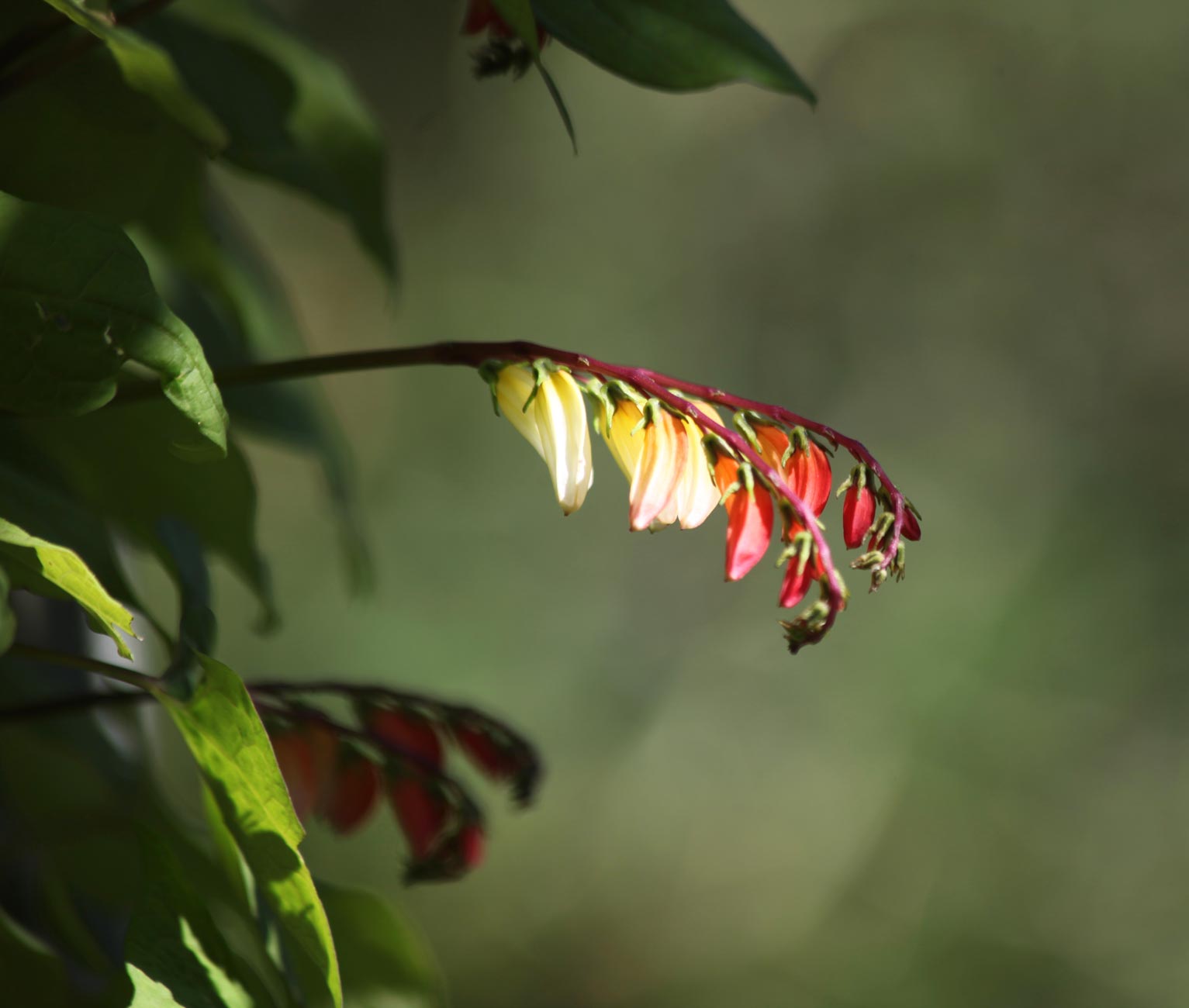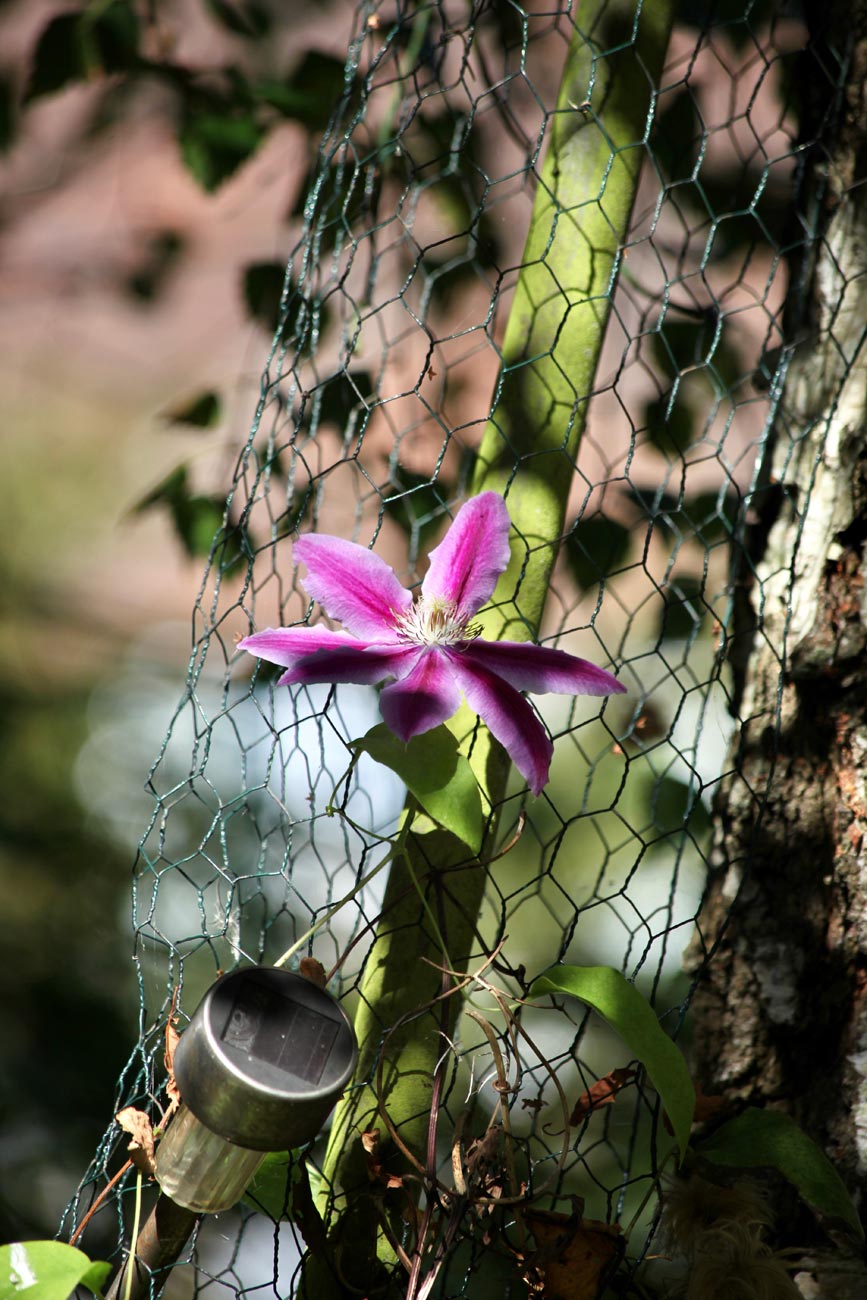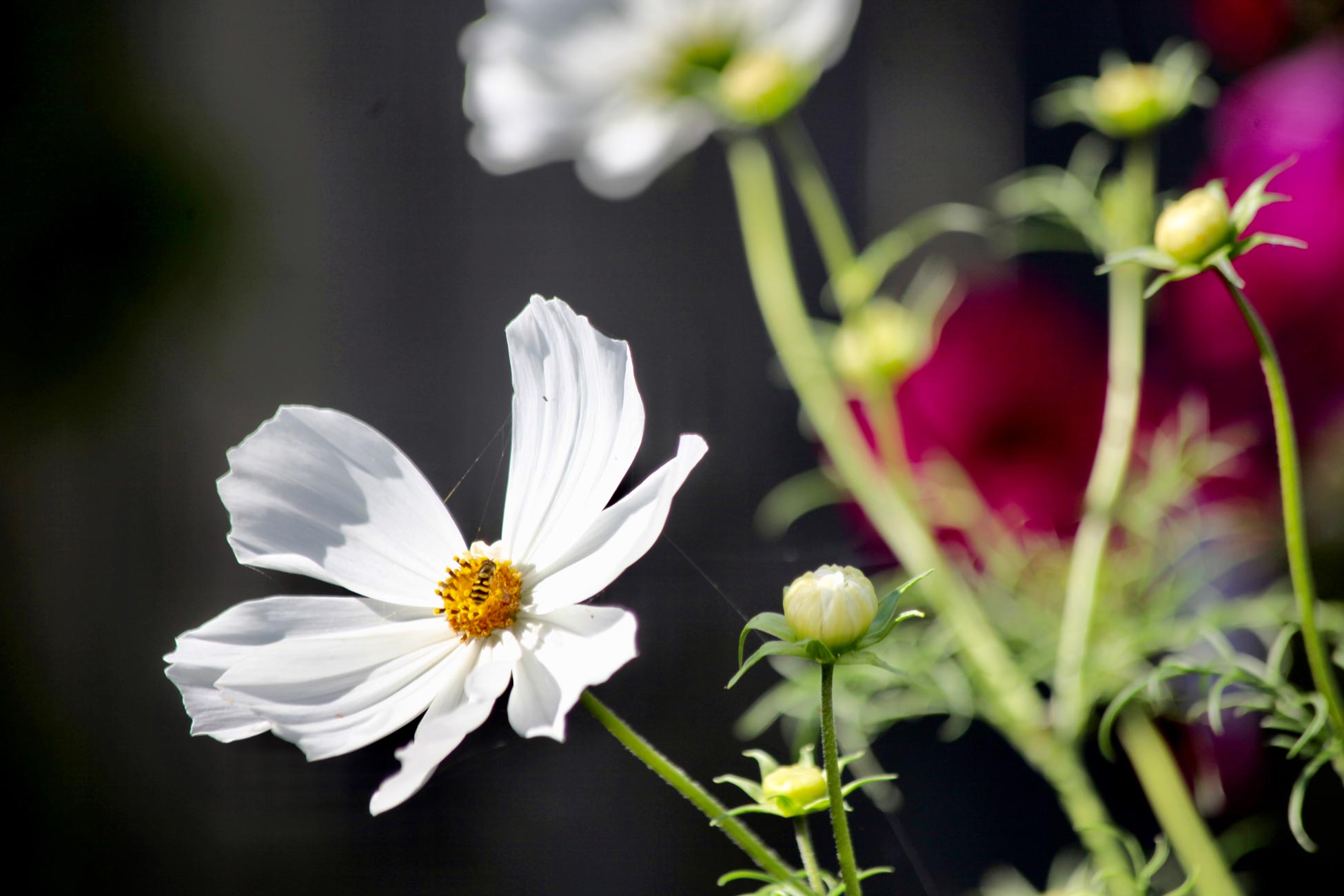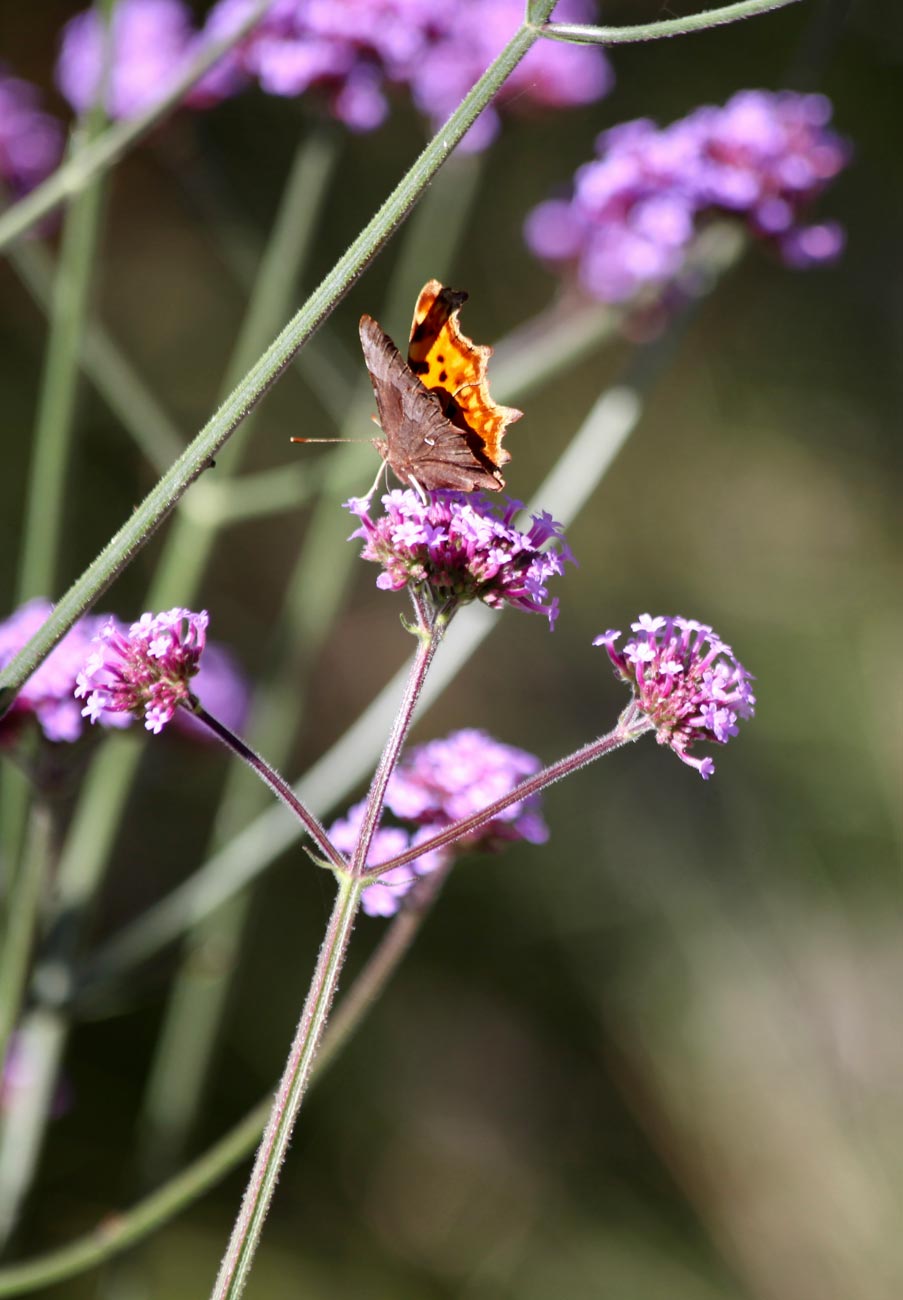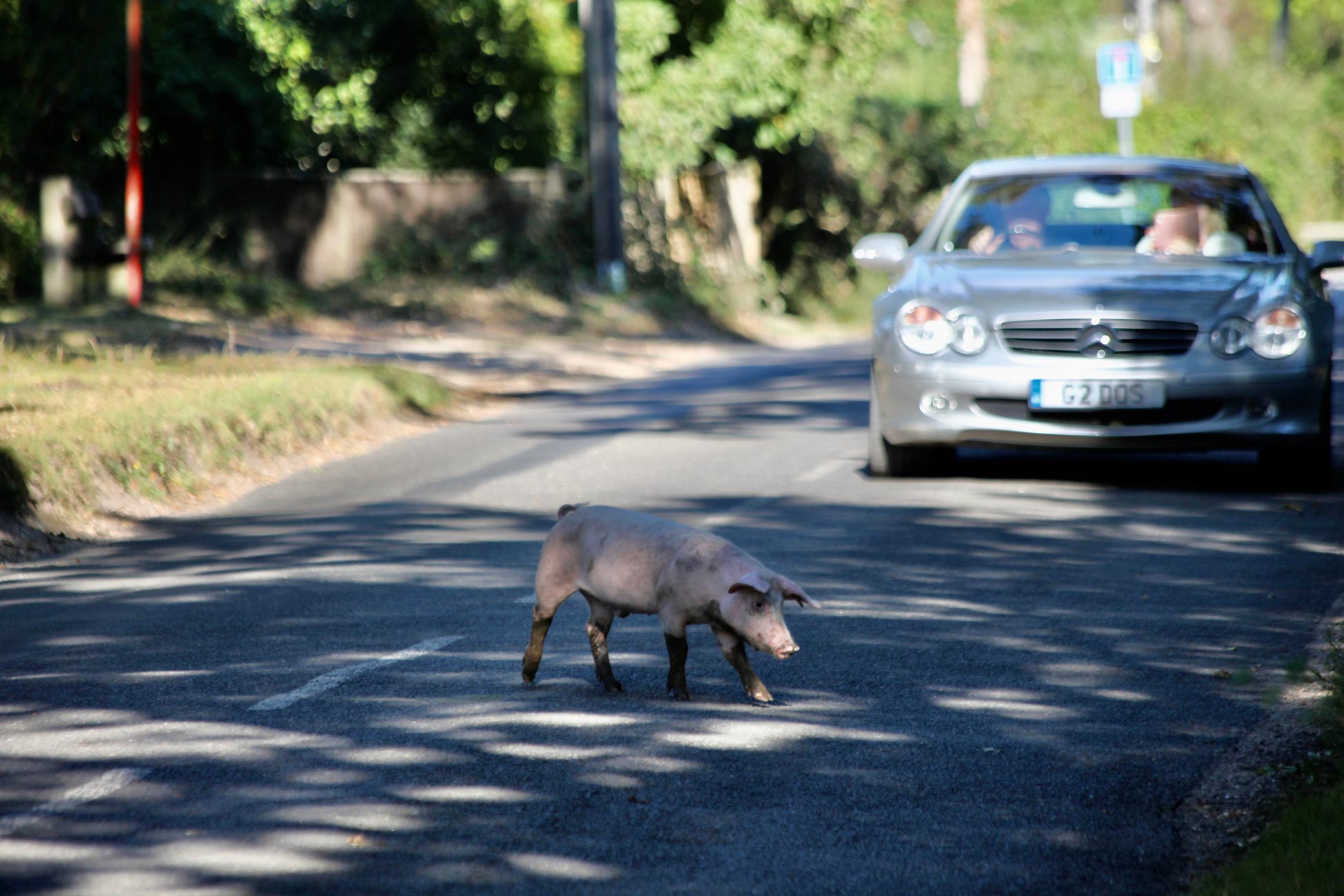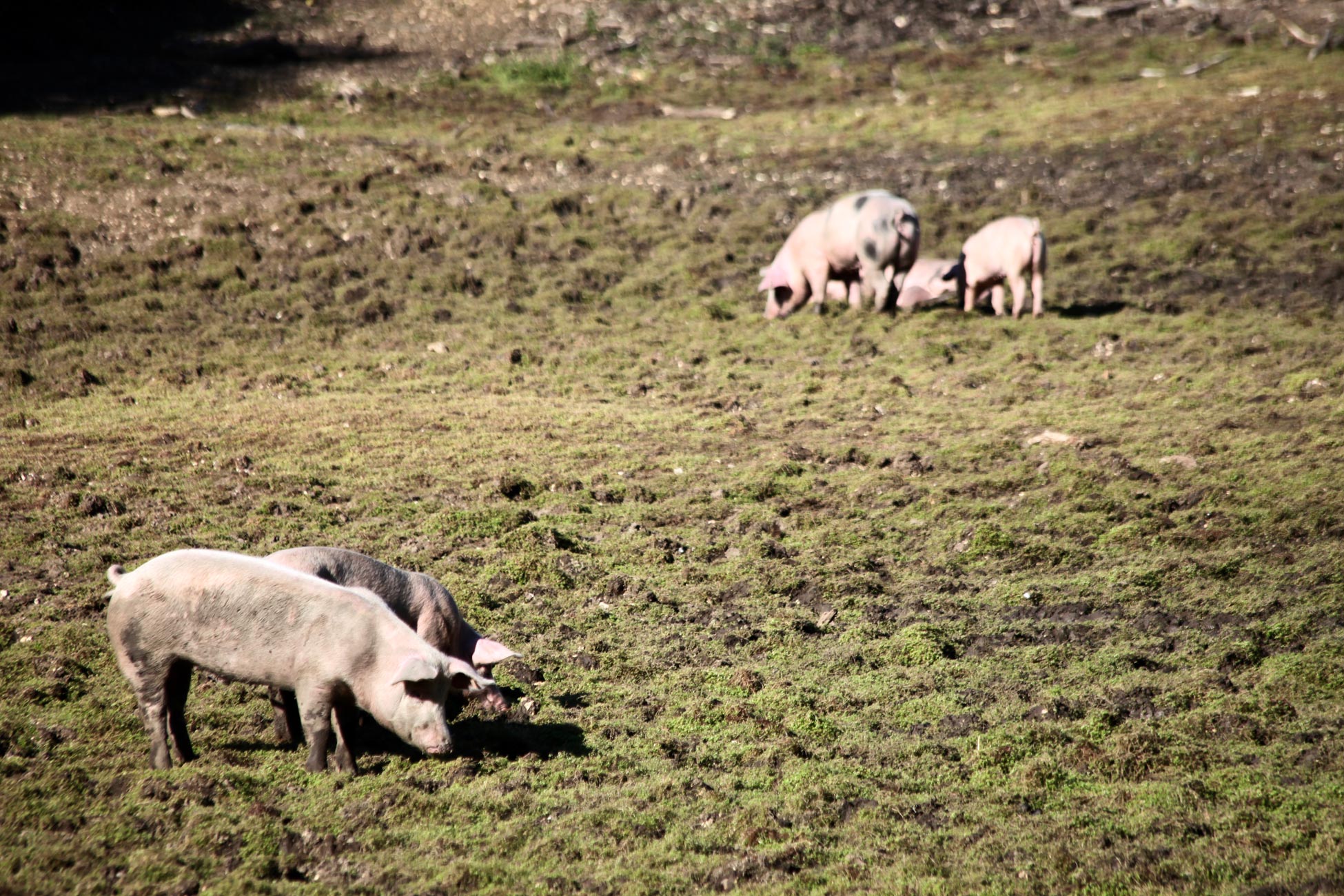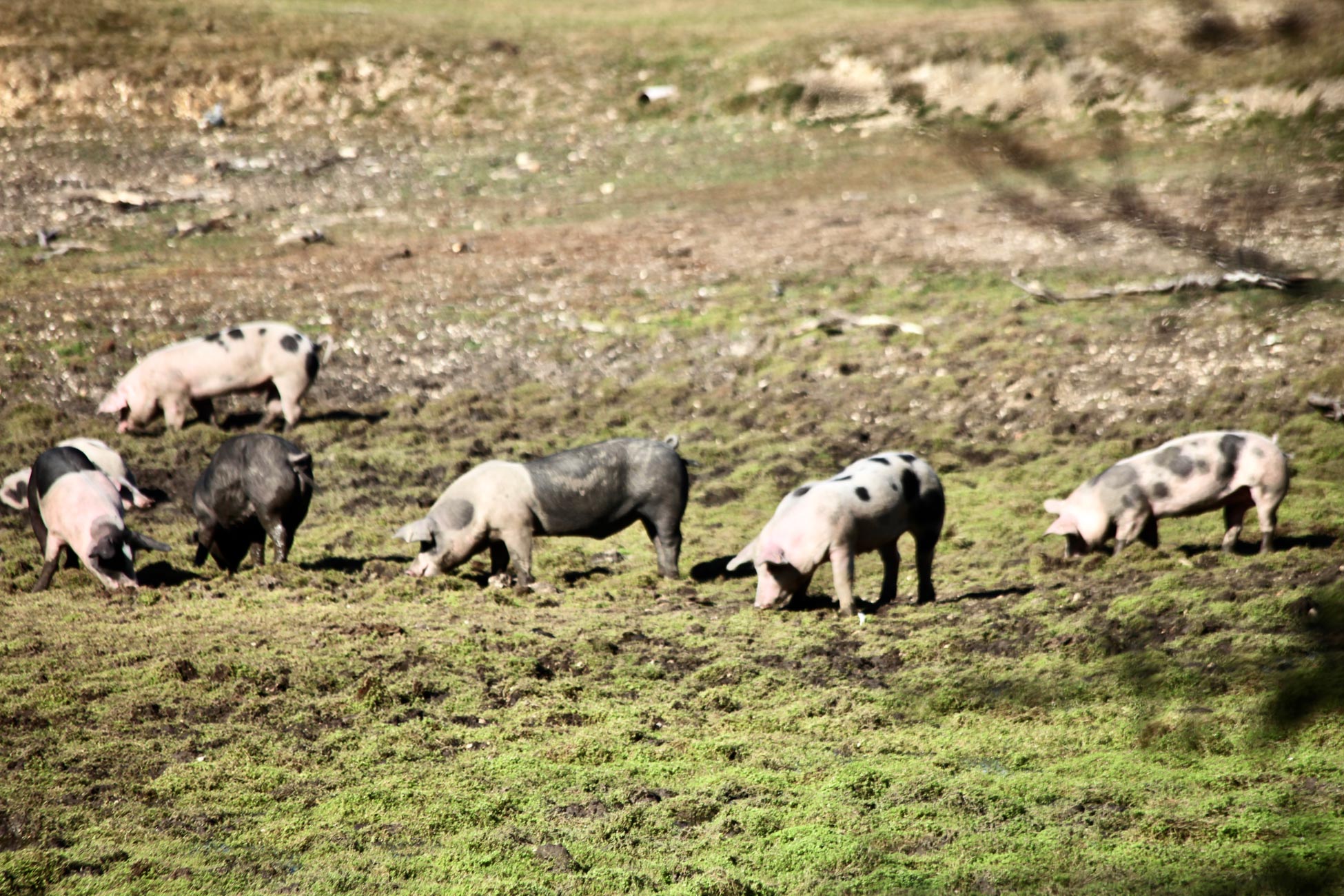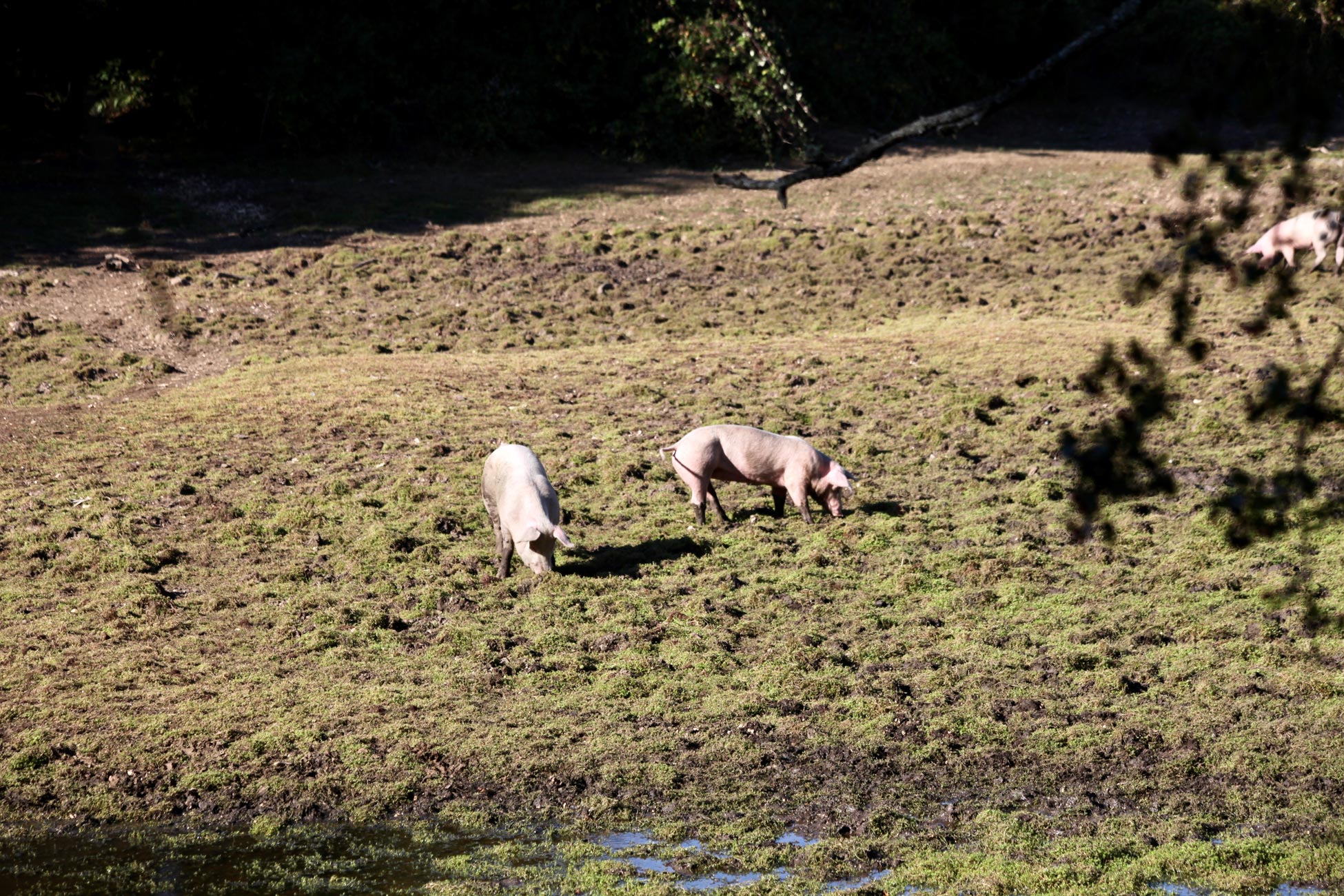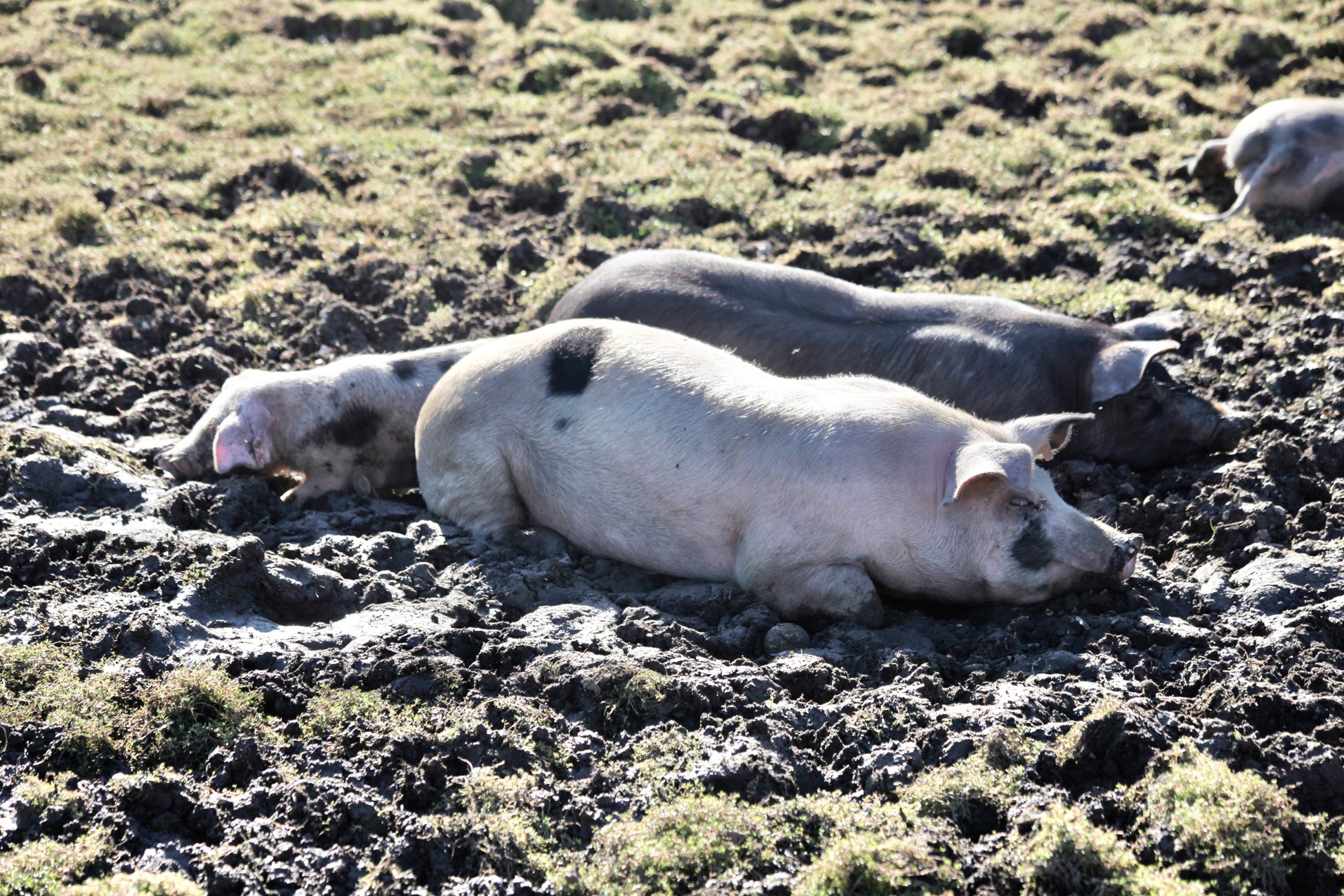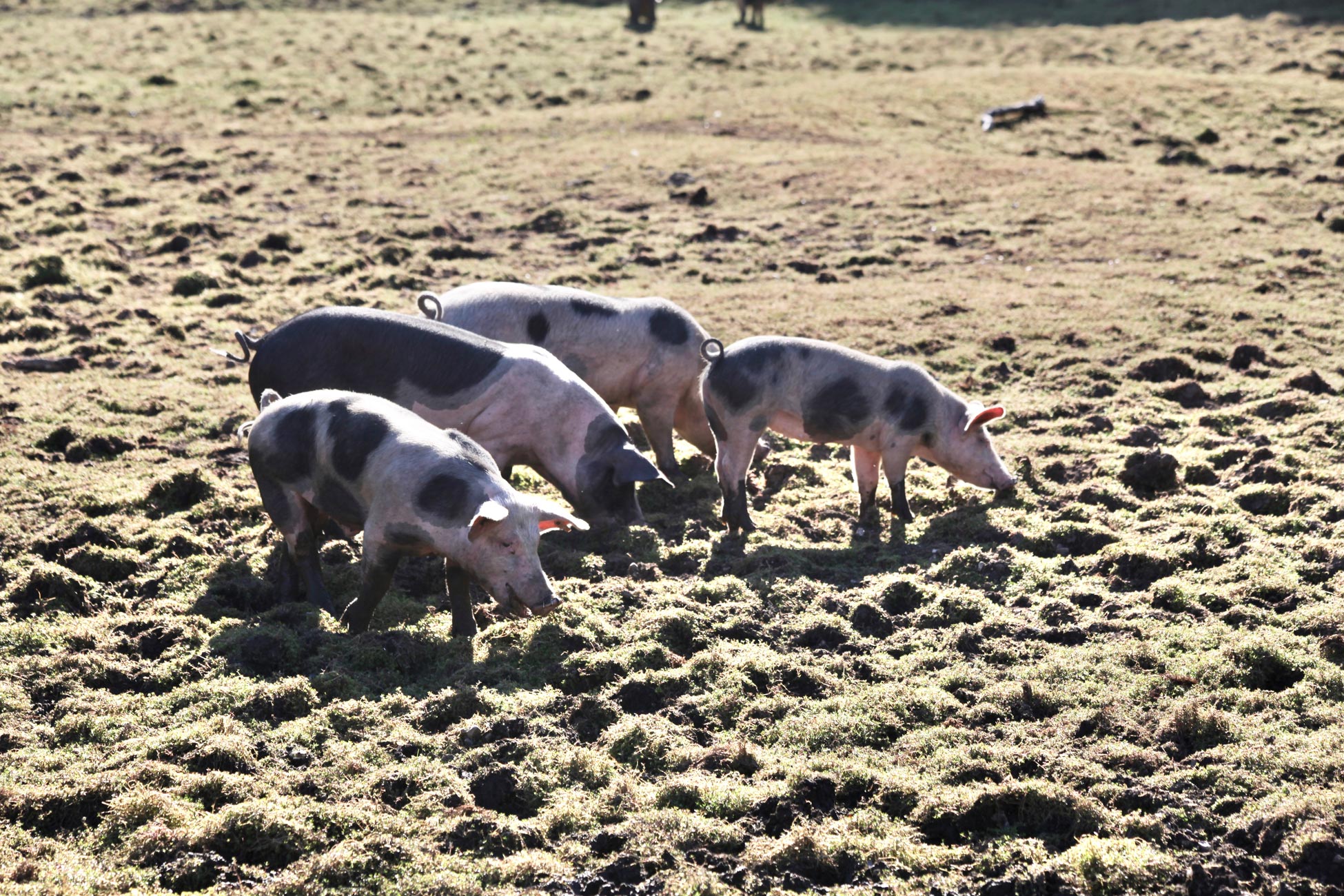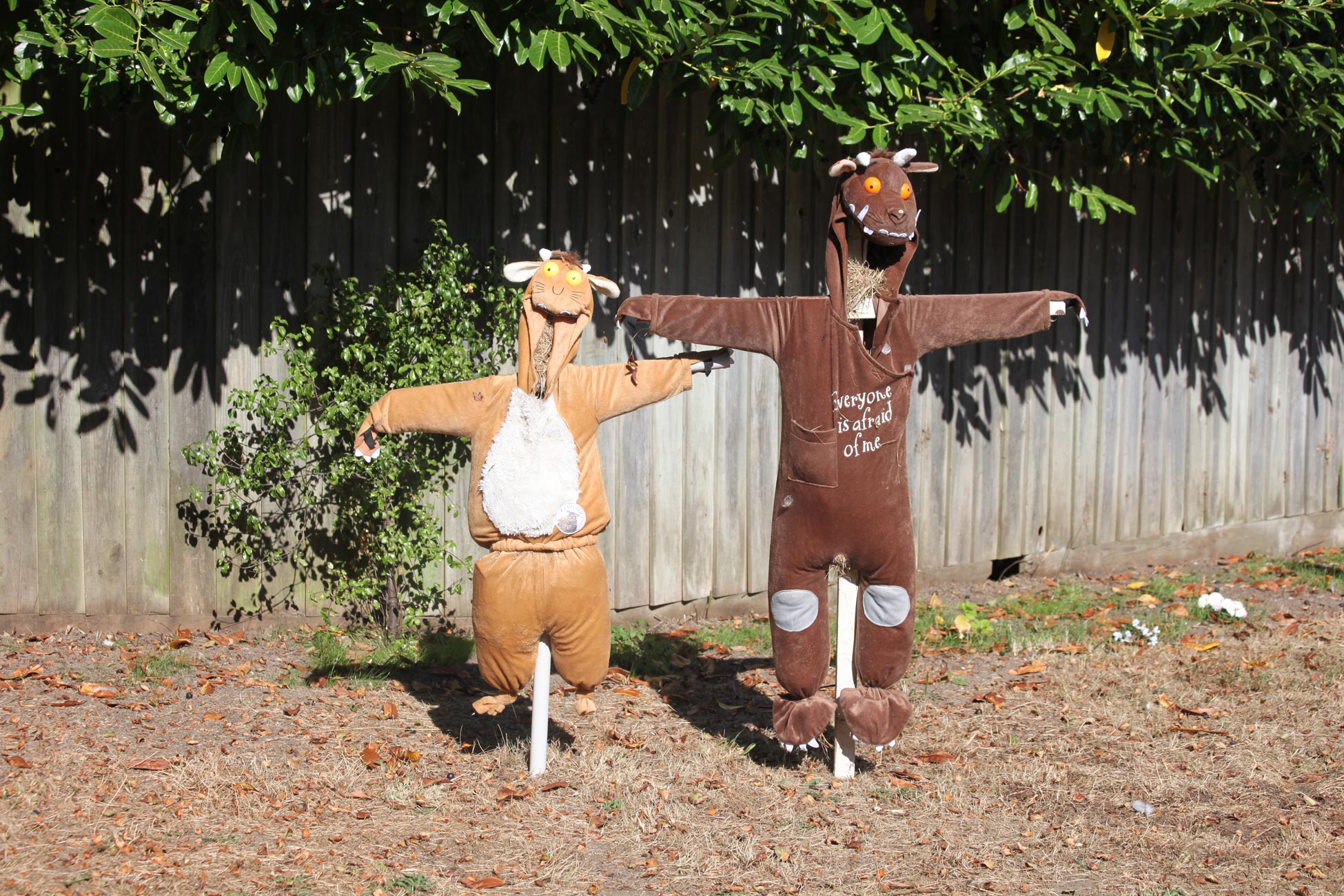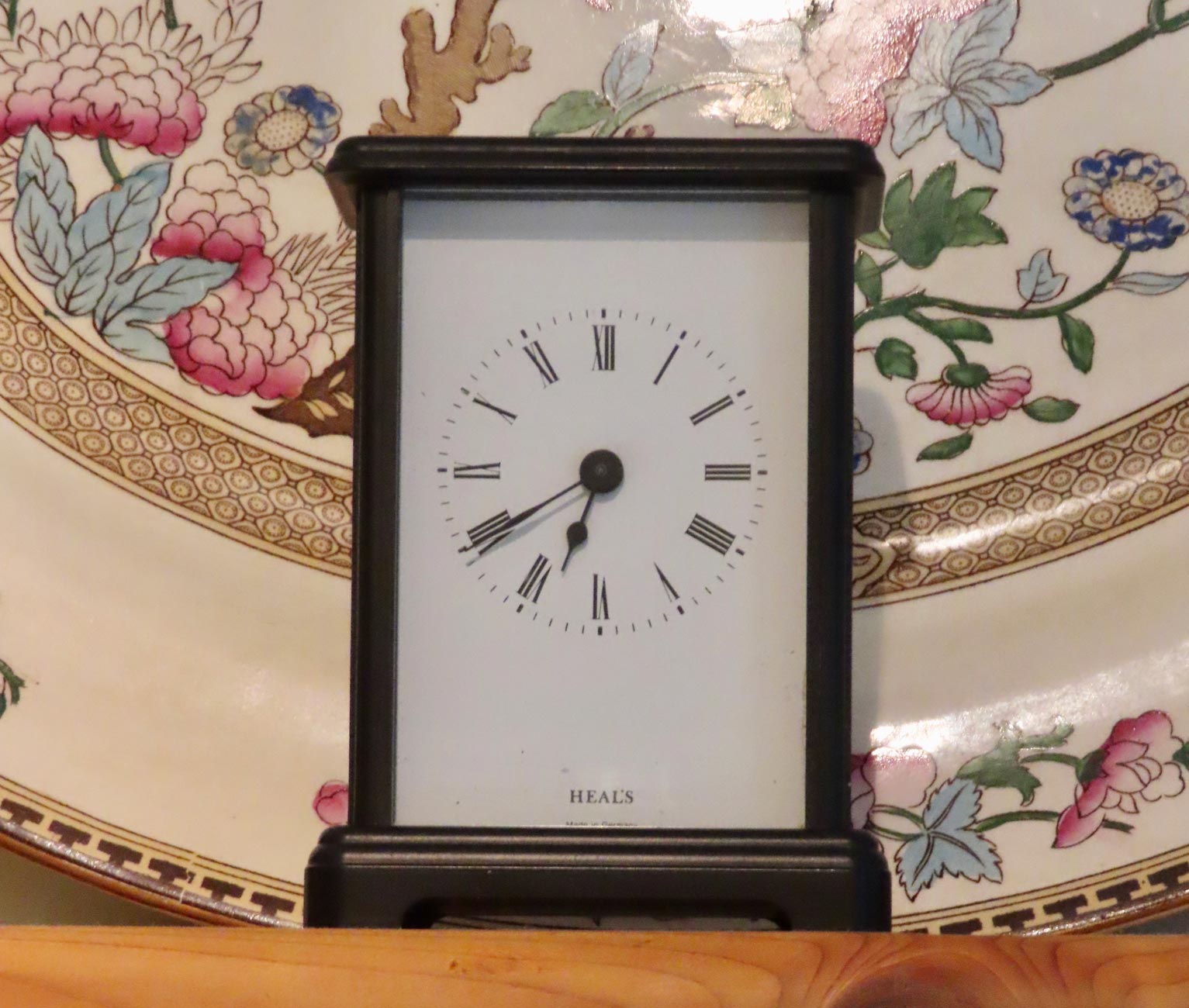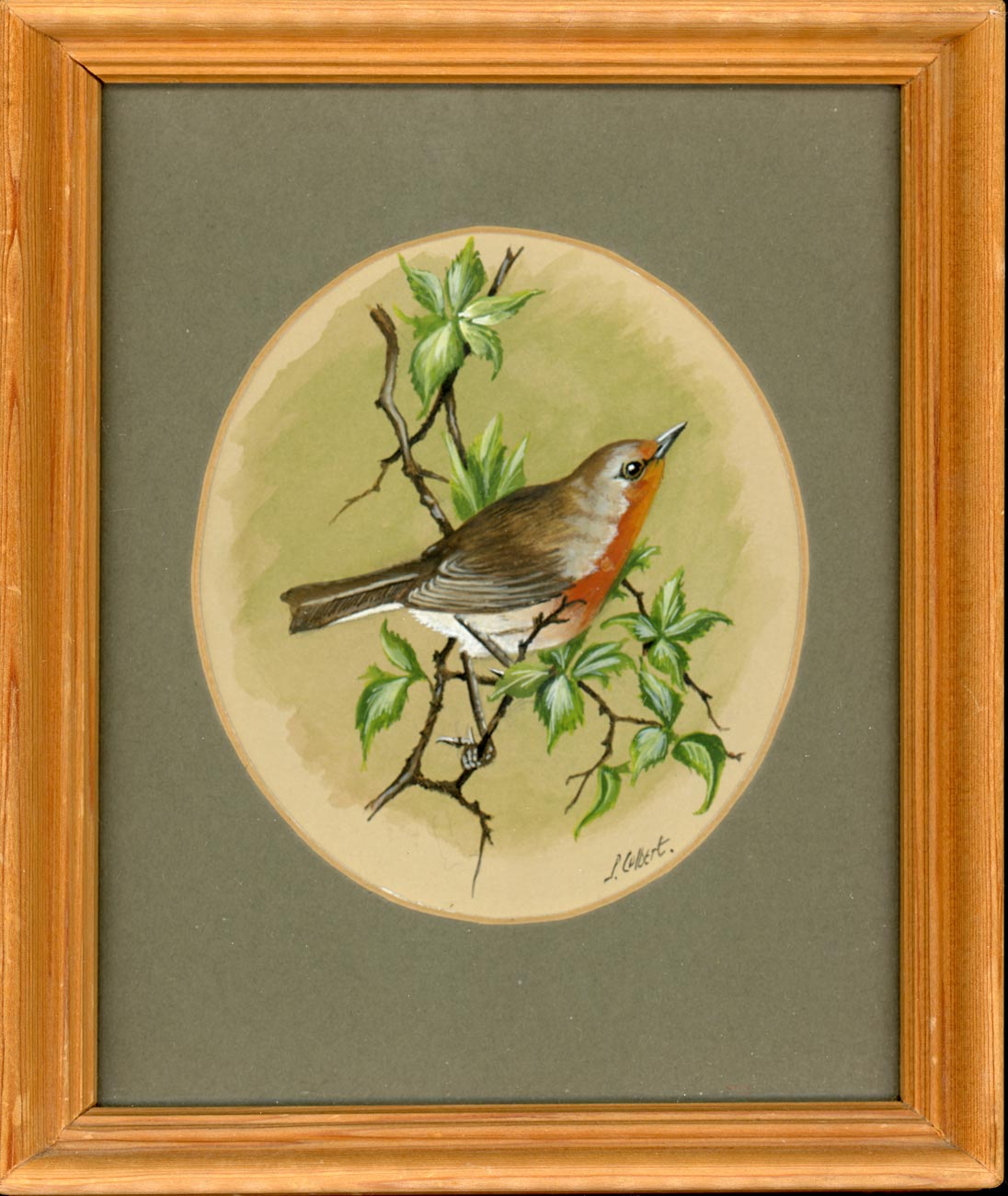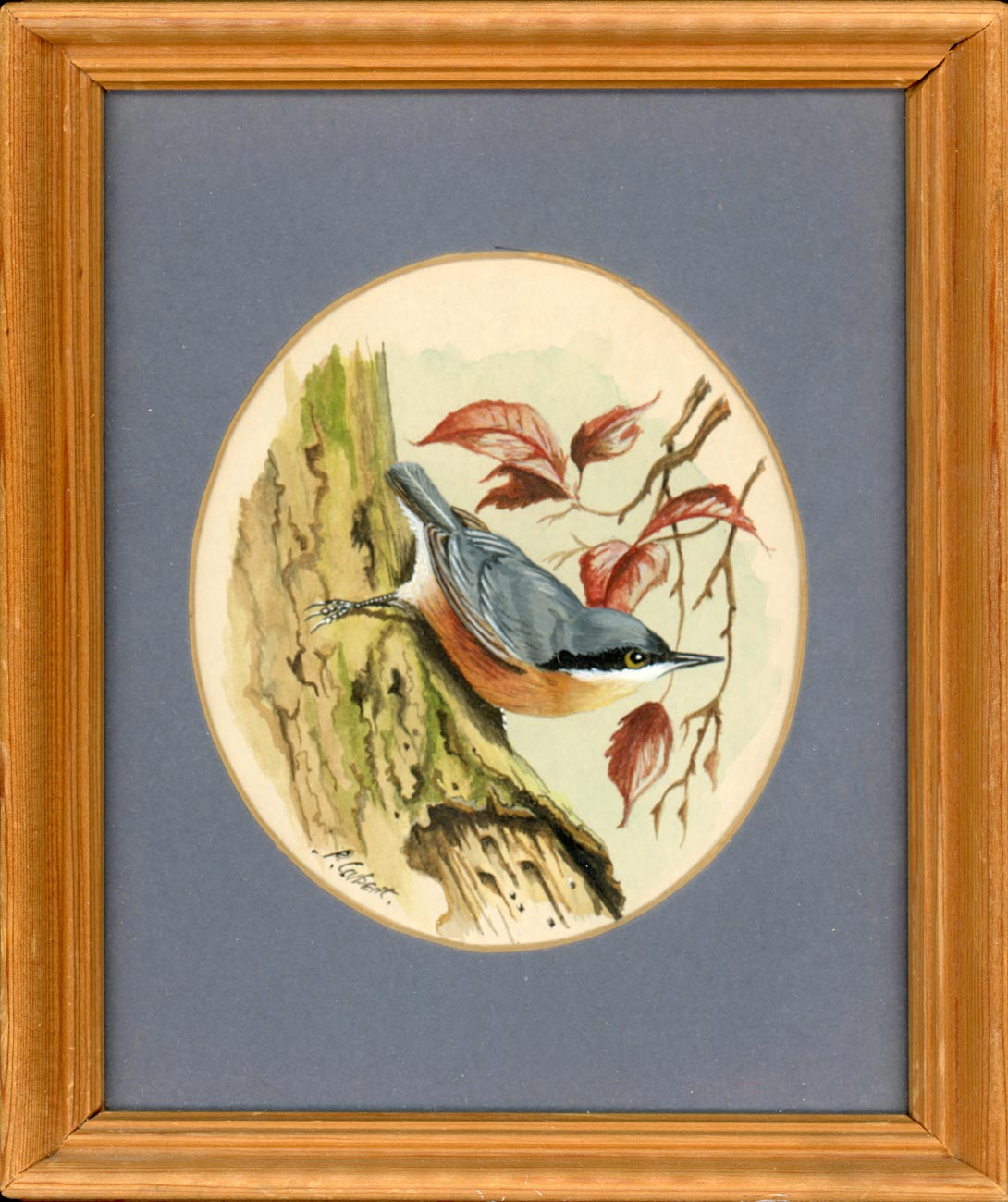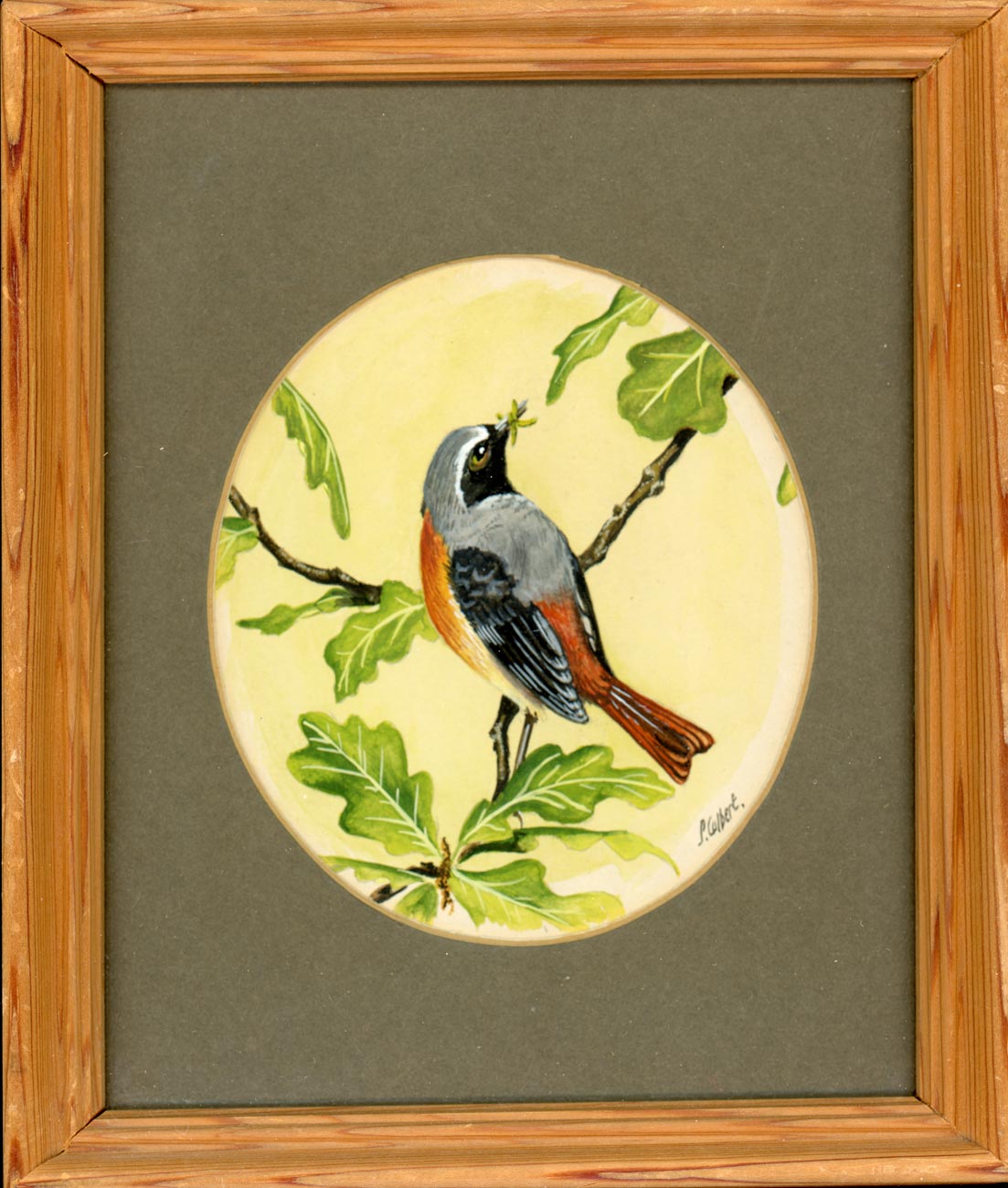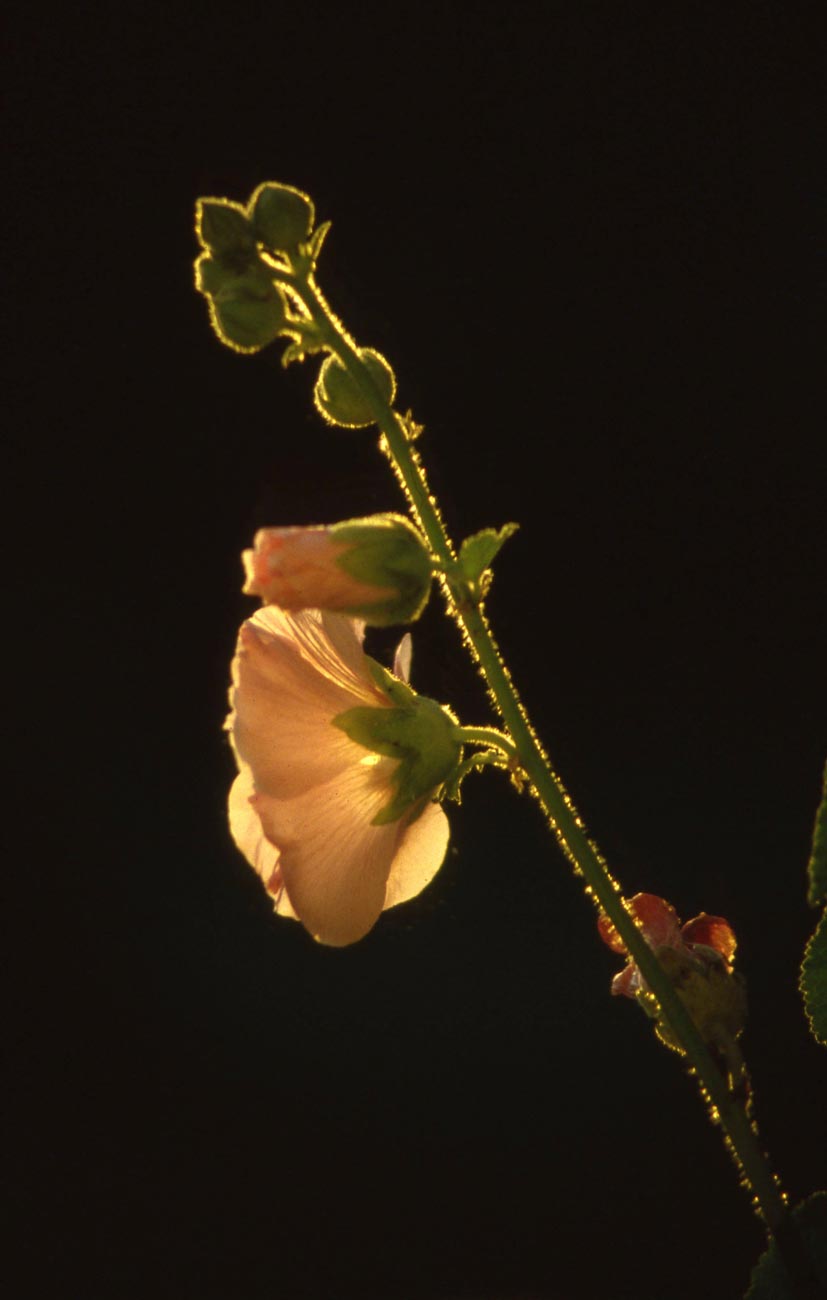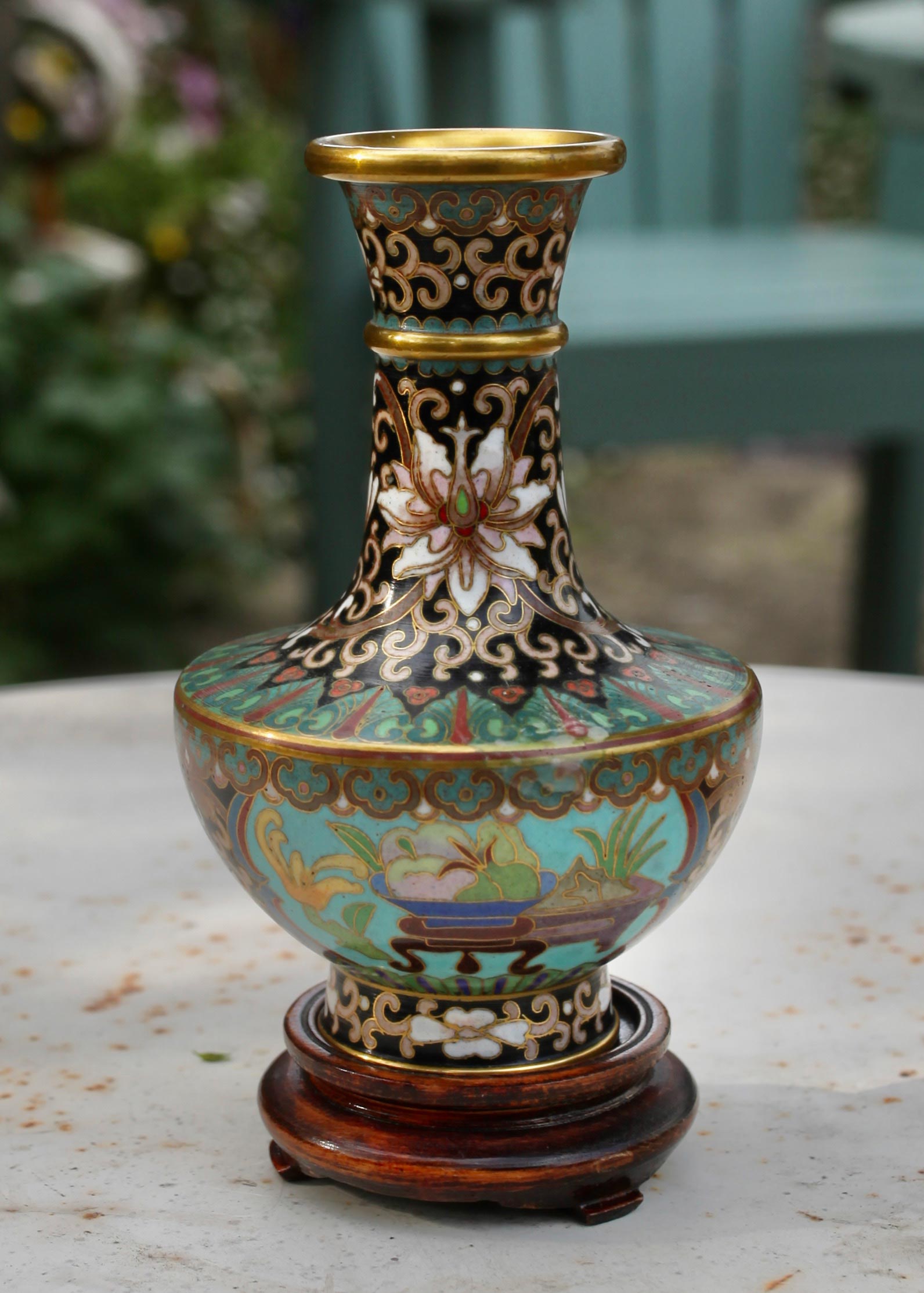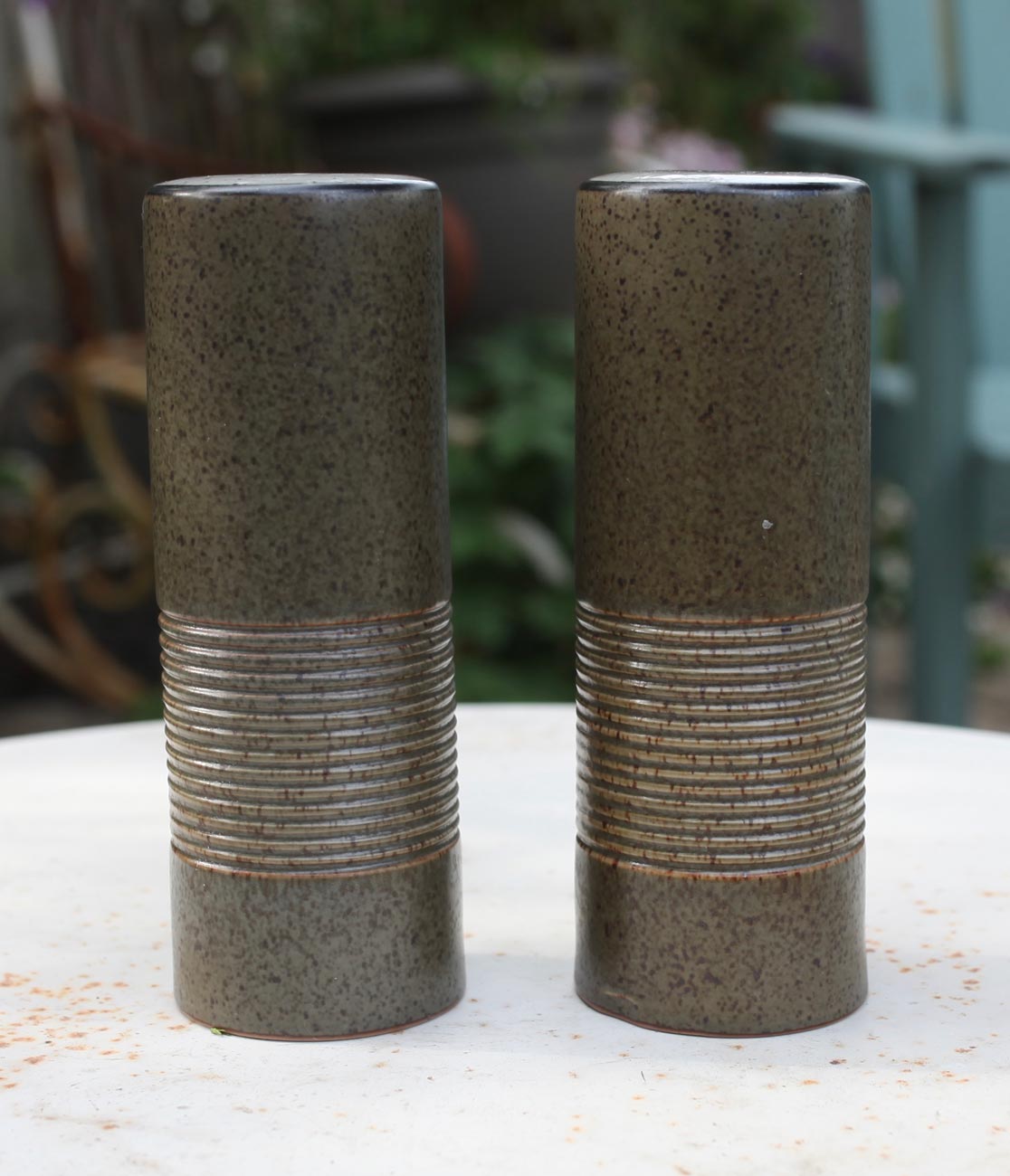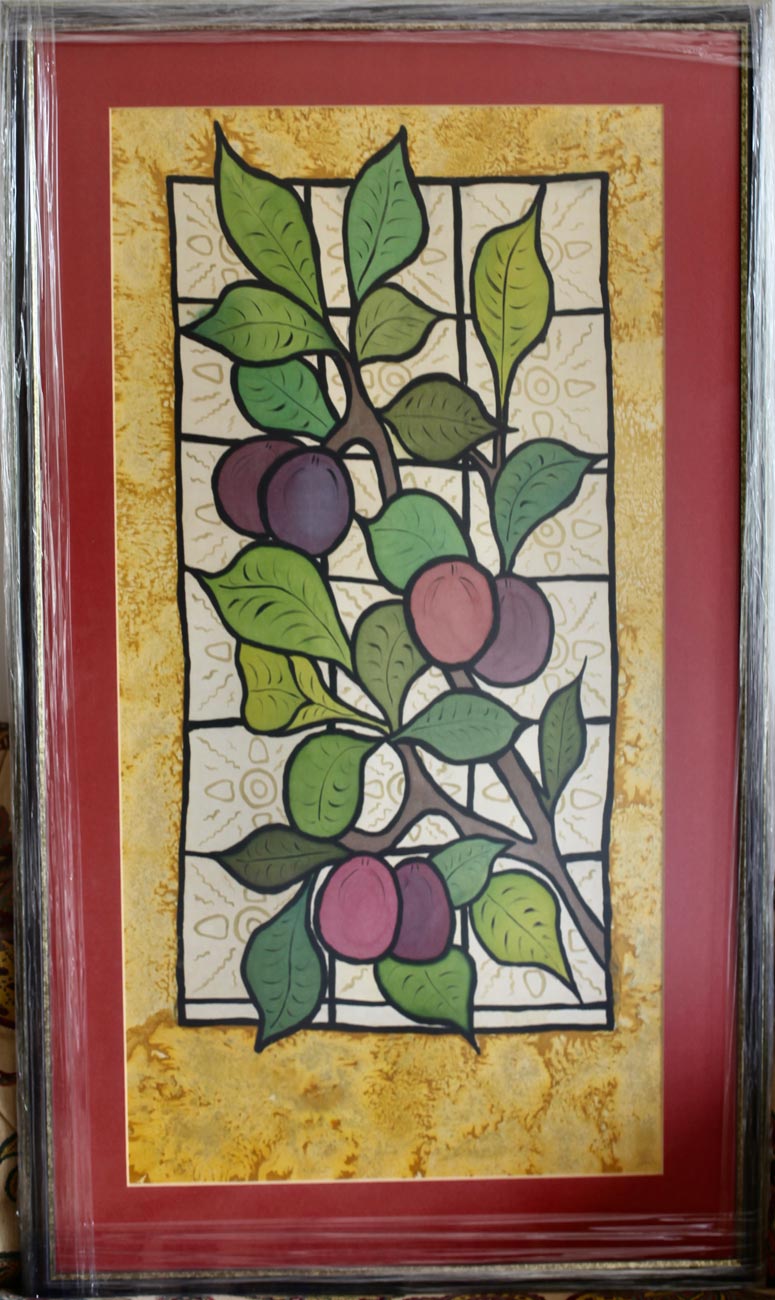A most inspirational teacher, Mr. Millward dedicated his life to teaching history at Wimbledon College. He was one of those pupils who never really left the school, returning after university to take up his life’s work. Learning about the Tudors and Stuarts we would eagerly await ‘Sid’ striding into the classroom with a rolled up chart under his arm. This would be hung on the wall to illustrate the day’s lesson.
These were beautifully produced maps and diagrams which brought the subject alive. He had made each and every one. He was, like me, a cricket fanatic. I still have the history of cricket he inspired me to write and illustrate as a homework exercise. His nickname, ‘Sid’, was taken from a lesser known bandleader who once performed at Wimbledon Theatre. ‘No-one forgets a good teacher’ was once an advertising slogan for recruitment into his profession. It was so true.
This was his form photograph of about 1956. I am on our left of the middle row.
Quite different was ‘Moses’, whose remit was European History, so named because he was an ancient priest. His teaching aid was a small dog-eared, equally antique, exercise book from which, seated in his pulpit, never taking his eyes off the page, he would churn out notes he must have made much earlier, as if he were reciting an oft-repeated sermon. For some reason Moses always picked on me. Until one miraculous Monday morning. He didn’t actually know my name. He had decided to climb down from his perch and wander round the classroom. Passing my desk and glancing at my exercise book, reading the name, he asked: “Knight? Are you the famous bowler?”. “That’ll be my brother Chris”, I replied. “But didn’t you get eight wickets on Saturday?”, he continued. Well, I had. (I also got seven on the Sunday, but as that was in a club match I thought it best not to mention it). From then on the sun shone out of my backside.
Another priest who also used me as a butt was Fr. Bermingham. He did it so often that one of the boys ran a book on how many times this would happen in any particular lesson. Quite a bit of pocket money changed hands. Now, as I sat in the same place for both periods, in the centre of the front row because I was just beginning to realise I should have my eyes tested, I thought it might be politic to move. I therefore took up residence right at the back, to the left of his area of vision. As if on cue, quite early on in the proceedings, he opened his mouth to speak, looked in what he thought was my direction, closed his mouth, and scanned the rows of grinning boys. Eventually lighting on my similarly smiling face, he said: “Ah, there you are Knight, like a great moon over the horizon”. At least he knew my name. However, he had just given me another one. For the rest of my schooldays I was known as ‘Moon’.
Please don’t get the impression I was a victim. Most of the masters, like Bryan Snalune, actually liked me. In fact, Frs. Moses and Bermingham probably did as well. Their observations were generally meant to be humorous.
On the viewer’s far right nearest the volleyball net, Bryan Snalune crouches, ready to spring into action. I think I am at the back of this court in jumper and tie. I’m amazed that so many in the picture wore ties. Bryan introduced the sport to the school, and brought in Canadian Air Force players to teach us the game. He arranged a few fixtures for us. I have no idea how we fared.
This gentle giant, not much older than us, had that magic quality that demands respect whilst conveying equality as a human being. He was a lot of fun without losing his authority. I see his toothy smile and shock of fairish hair now. His subject was French, through which he guided me to A Level GCSE.
The smile mentioned above is probably indirectly responsible for my being awarded a punishment of two strokes of the ferula. The ferula was the Jesuit version of the cane.
A small, flat, slipper-like object consisting of leather with whalebone inside it, this was wielded by a punishment master not connected with whatever offence of which you had been guilty. ‘Two’ – one on each hand – was what was dished out to the little boys. If you were a recidivist and rather older you could progress to ‘Twice Nine’. But you wouldn’t want to.
Bryan Snalune was a keen amateur actor. During my group’s last weeks at school he performed in a play where his character was called Goofy. Clearly the casting director had also noticed the teeth. I cannot remember why, but I was not present at the performance, yet my classmates came back with this priceless information for a budding cartoonist. It felt natural to draw Walt Disney’s Goofy on the blackboard just before the French lesson.
Unfortunately our friendly teacher was not the next one to enter the room. Instead, Fr Strachan, S.J., the deputy headmaster found some reason to make a brief visit. Glancing at the familiar character depicted on the board, he demanded: “Who did that, Knight?”. Maybe he recognised my style. Although a decent enough man, Fr Strachan was not known for his sense of humour. On that day he displayed a rather quirky one. “Get two”. He proclaimed.
I don’t remember the name of the executioner, but I can see him now, a little round chap in holy orders whose beady eyes glinted behind his spectacle lenses. He was a little surprised at his prescribed task when I knocked on his door and extended my arms. My outstretched palms were at a level which put my fingers in danger of picking his nose. He, and I, were both even more surprised when, at each stroke, a wailing chorus set up an anguished howl in the corridor outside. Although my hands stung rather more than somewhat, I was able to open the door to encounter the whole of my class doubled up with laughter.
The year before this, when Tommy reigned in the cinemas, Bryan had managed the second XI cricket team of which he had appointed me captain. How Moses came to know my name is recounted above. It was for this team that the performance that brought me into his recognition was played. Bryan Snalune was the umpire. When five wickets had fallen, all to me for not many runs, “Take yourself off now”, he suggested sotto voce. He was the boss, so I did. Mind you, I doubt that his intervention as a supposedly neutral officiator was legitimate. When only two more had gone down and the game was, I thought, in need of my more direct involvement, I came back on and polished off the last three. Could that have been the day I would have taken all ten? I guess we’ll never know.
It was just before my fourteenth birthday that I had been introduced to playing cricket. Iain Taylor, the captain of the Under Fourteens team, and a friend of mine, asked the headmaster, who rejoiced in the wonderfully appropriate name of Father Ignatius St Lawrence, S.J., to give me a trial for the team. I had never played before, but Iain got me to bowl a few balls in the nets and seems to have been impressed. With ‘Iggy’, as the head was predictably known to the boys, standing as umpire I was instructed to send my nervously delivered missives down to the team’s best batsman. I bowled him four times before Iggy had seen enough. One of these dismissals was with a deliberate slower ball that turned sharply from the off – that is opposite the right-handed batsman’s legs – side of the pitch and hit the middle stump. The deviation was probably caused by the ball striking an extraneous object when it landed. Turning to me at the end of my spell, Iggy asked: “Did you mean the off-break?”. “Yes, father”, was my coolly delivered reply. All priests were of course our fathers. I was in. Later, out of earshot of anyone else, I asked Iain: “What’s an off break?”. In the picture above “Where’s Derrick?” (6).
As will be surmised from my interview with Fr Wetz mentioned previously, I also first played rugby at Wimbledon College.
The school playing fields were in Coombe Lane, Raynes Park. We always walked there from the school in Edge Hill to play rugby and cricket. It was here that my friend Tom McGuinness scored what I believe to be his only try. Tom’s eyesight was so bad that he could never see what was going on. One afternoon he found the rugby ball in his hands. ‘What shall I do?’, he asked me. ‘Run for the line’, I replied. ‘Where is it?’ enquired Tom. ‘That way’, I indicated. Tom sped for the line, fell over, and touched down. No-one saw him. The fact that we were playing in dense fog had levelled this particular playing field.
Our route to the sports fields took us through Cottenham Park where I once went scrumping on the way to rugby. Remembering throwing sticks into conker trees when younger, I had ingeniously decided to chuck my boots into an apple tree intending to knock off some fruit. Unfortunately it didn’t occur to me to untie the laces that bound them together.
Soon they were suspended like the socks that reminded me of this story when walking along the Wandle Trail almost 60 years later. More ingenuity was required to get them down. This involved the park keeper who was a bit put out. It made me late for the match. I couldn’t even invent a story which would present me in a better light. The news had been spread all round the changing rooms. Bill Edney, Geography master and rugby coach, was also a bit put out.


